The Hollow Earth is a mysterious location beneath the Earth’s surface. The ecology is lush with woods and rainforests, but it also houses something much more fascinating: Titan-sized superspecies. Coexisting with colossal apes, squids, spiders, and insects. The greater predators prey on the weaker predators, yet certain weaker predators use exceptional strategies to defeat much stronger opponents.
An organisation known as the Monarch investigates these Massive Unidentified Terrestrial Organisms or M.U.T.O.s. Until 2014, when Godzilla appeared to fight two Titan-sized creatures, mankind was unaware of the existence of Hollow Earth and Skull Island.
Several interesting monsters are revealed to the audience as the Skull Island franchise delves into the vast variety of creatures located in this location. Some are large, while others are small; some are carnivores, while others are omnivores; some are intelligent, while others display emotions, as evidenced by our MVP, King Kong. The MonsterVerse is a diverse world full of intriguing, dangerous, and lethal animals.
Humans haven’t visited Skull Island since 1973, but the Monarch has seen various animals worth a gold mine of information on its visit. In this video, we go through thirty-three of these fascinating Skull Island species. Not only will we discuss living creatures, but we will also discuss dinosaurs that may have existed in the past, as evidenced by skeletons discovered on the island’s Boneyard.
Before we get started with the programming, we have a tiny request for our viewers. Please consider being a Marvelous Videos subscriber. Like and comment on our videos, and click the bell button to get notified when we add new ones. We’d be grateful, and we hope to provide you with the best nerdy material possible. So, without further ado, let’s get started with this video.
Carnictis
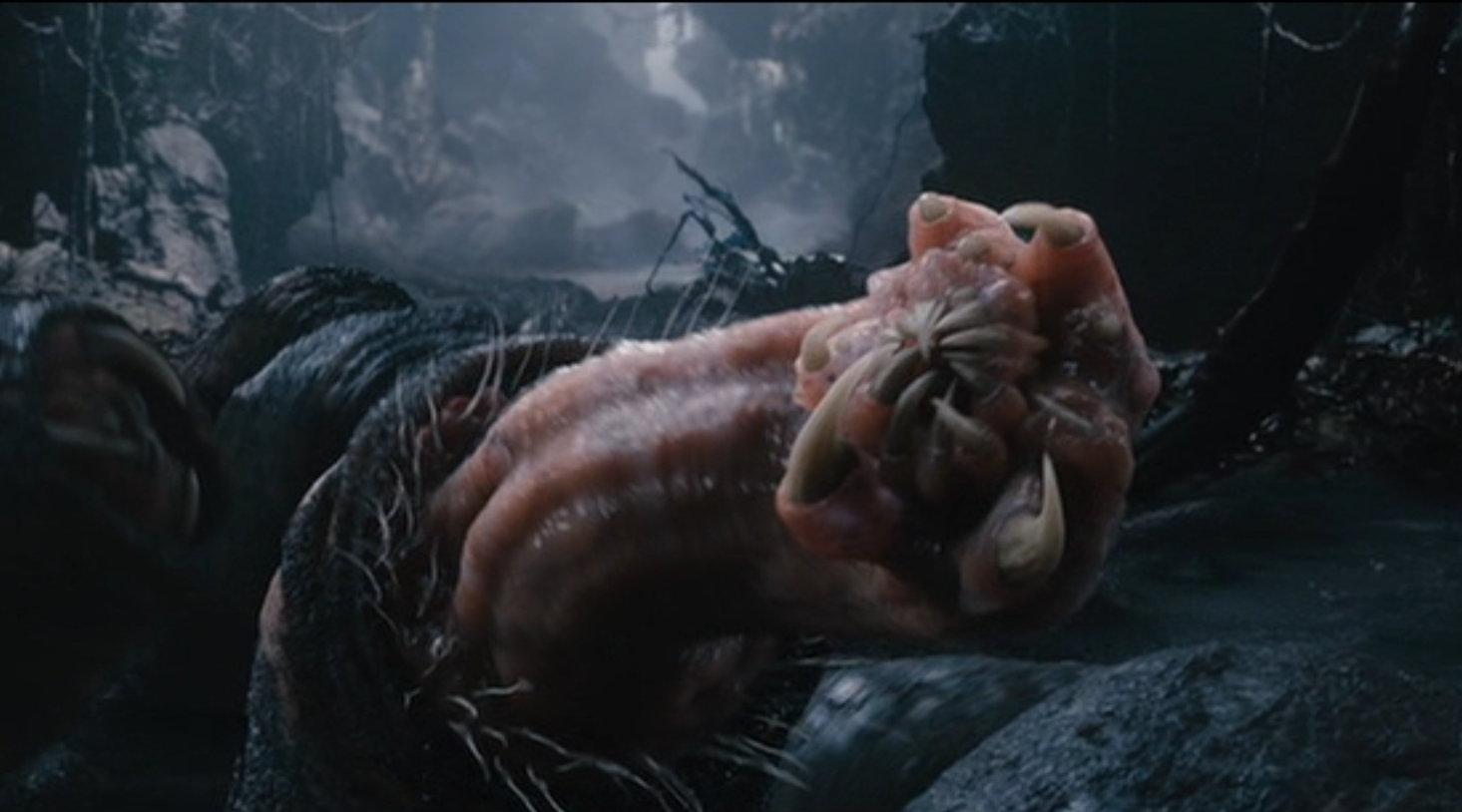
Carnictis is a parasitic worm that lives on Skull Island and can grow to be 7 to 13 feet long. The wounded and dead are fed to these carnivorous monsters. They require hosts since they are parasites. Their ancestors lived in the guts of carnivorous dinosaurs where they consumed the flesh of the creatures swallowed by the dinosaurs.
They don’t have eyes, and they don’t have a face. They move slowly, but they are deadly.
They evolved into creatures capable of existing outside of their hosts and relocated to Skull Island’s geothermal spring-fed muck. According to one explanation, a predator resembling the V. Rex fell into the gap long ago and was eaten by the Carnictis. Doing so, they found themselves in an organic river found in the base of the pit. However, they thrived despite dying outside a host.
They fed on the flesh of animals that fell into the chasms and grew to be over 7 feet long thanks to their newfound position as a non-parasitic species. They became the new predators in the abyss due to their carnivorous nature. Their length and numbers allow them to prey on bigger creatures and live prey such as the Venatosaurus. They can drag creatures to the pit as well.
Warm water is present in the river that permits them to thrive. As a result, cold water is their kryptonite, as it suffocates a Carnictis. Another weakness of the predator is a scarcity of fresh meat. However, not all’s lost as they have a survival strategy to deal with such hard situations. Change in conditions prevent their eggs from hatching but it doesn’t kill the eggs either. As a result, the eggs survive in a dormant state and hatch once favorable conditions return to their chasms.
Skull Islanders

Skull Island is home to a variety of terrible monsters, but it also has (or had) a human population: the Skull Islanders.
The island’s hideous beasts and the islanders were separated by a formidable wall. These islanders are thought to have originated in Southeast Asia, according to archaeological findings. The geography of the wall was researched, and it was discovered that the civilization was about three thousand years old.
The islanders imported and created their own civilization to Skull Island, which can be seen in the massive porcelain figurines they fashioned. They were creative as individuals. It is thought that the settlers did not migrate alone and that the apes accompanied them.
The reason for the extinction of the Skull Islanders is unknown. Some think they were about a thousand years ago victims of catastrophic devastation. Their settlement shrank as the island shrank. The monuments collapsed, leaving their habitat open to the creatures on the other side, who then began to cross over to the human territories. Gradually, the civilization disappeared and the city was almost destroyed. All that remained were fragments of its architecture.
Sker Buffalo
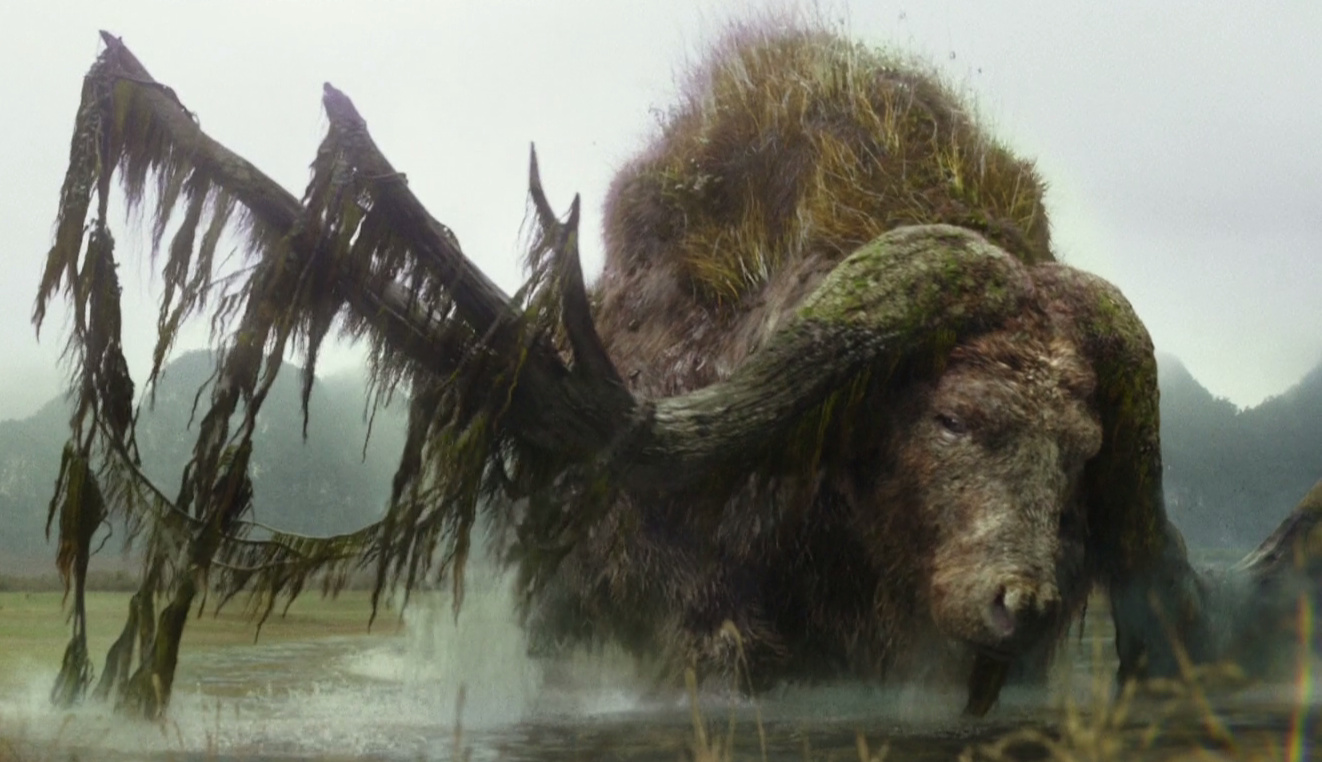
Sker buffaloes are a kind of enormous buffaloes that stand between 38 and 45 feet tall. Skull Island’s residents are water buffaloes. They aren’t precisely the same, though.
Sker Buffaloes have massive horns that fork into roughly three branches, which is one of the noticeable differences between water buffaloes and Sker Buffaloes. Because they are aquatic species, their bodies are covered in algae. Their backs, which are formed of coral, serve as a deterrent to predators.
They have certain characteristics in common with herbivores in real life. The roars sound more like bellows than roars. Sker Buffaloes, on the other hand, do not eat flesh and are herbivores. They aren’t very aggressive in general and stay close to the water but if you provoke or threaten them, they will turn extremely aggressive.
Their ancestors were Asian water buffaloes, according to their DNA. They graze in huge lakes and have amphibious grazing habits. Their outer bodies aren’t the only elements of their bodies that support external life, such as algae. The heart of a Sker Buffalo also sustains flora and fauna. Two of their heart chambers are dedicated to the lives of these plants and instead of blood, pump oxygenated chlorophyll to the fauna residing in and on the Buffalo.
They have the ability to stay submerged for long periods of time, often days at a time. Its back is covered in coral, which serves as excellent concealment.
If they charge at something, they attack with their deadly horns.
Arachno-Claw
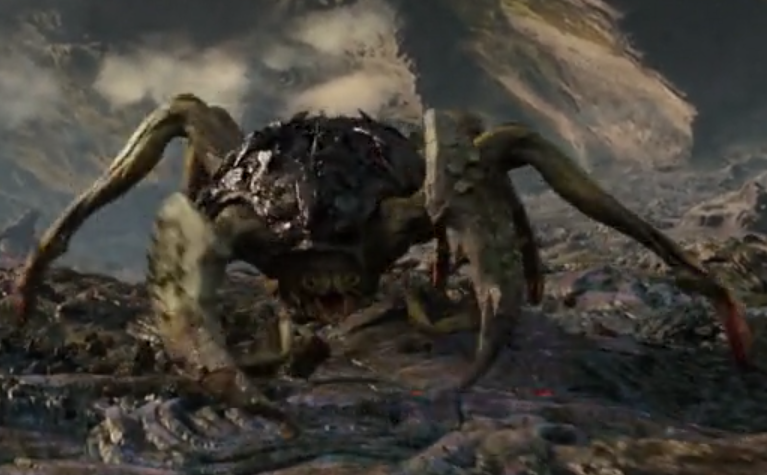
Arachnophobics’ greatest nightmare; these are spider-like arthropods that range in length from 4 to 6 feet. They are predators who live in abyssal chasms on Skull Island. They don’t get much sunlight in their environment.
Because there aren’t many life forms that can live in those chasms, Arachno-Claws are scavengers that feed on carrion that may be found along the pit’s borders. They are carnivorous creatures, but not hunters, therefore seeking for prey for a nice night’s meal isn’t high on their priority list. They aren’t, however, averted to that.
When carrion enters their habitat, they promptly detect it using their antennas and begin scavenging. Aside from that, they have a pair of crab-like claws under their jaws that they use to tear their meal apart. They also have six legs, which are used as locomotives.
It’s fascinating to watch their life cycle. In the carrion, the parent Arachno-Claws lay microscopic eggs. The majority of the baby Arachno-Claws are destroyed while other scavengers feast on the carrion. Some of the eggs drown in the muddy water and collect at the bottom of the pit, like sediment.
If you’re lucky, an Arachno-claw egg will be consumed by a mature Carnictis. As the Arachno-claws live in the guts of the Carnictis for a few years, the tables change when ex-parasites become hosts to younger parasites. After they mature, they leave in one of two ways: through the host’s anus or by eating the Carnictis from the inside out. Then, they join the other Arachno-claws residing in the abyss.
They do not charge straight ahead when hunting, preferring instead to ambush their victim, letting them defeat creatures who are otherwise stronger. With the large trapdoor-like body, they have an odd appearance.
Decarnocimex
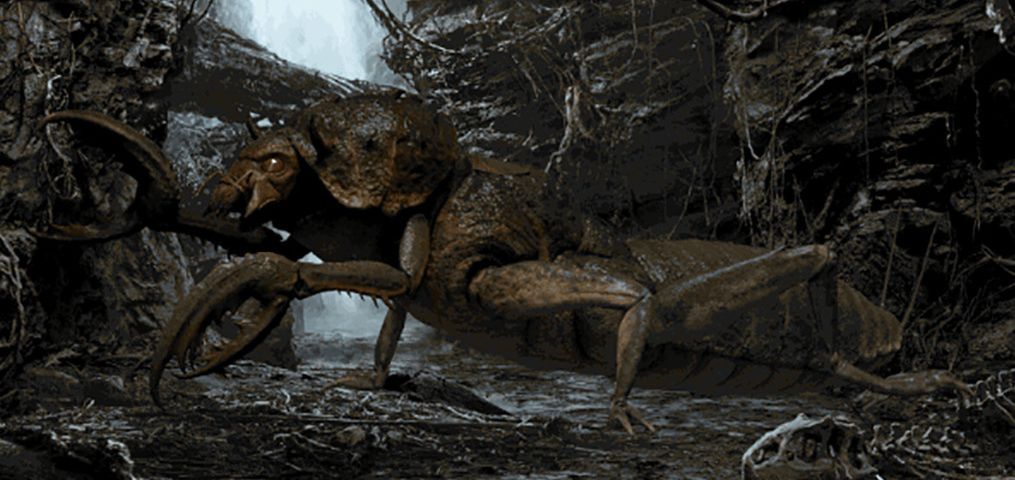
The Ensiferum is a huge carnivorous Ensiferum. They live in the chasms of Skull Island, like the Arachno-claws and Carnitas. They are scavengers who feast on the bodies of those who have fallen into the pit. They are within 5 feet to 10 feet long. They have some biological relation to crickets but the Decarnocimex, being dangerous creatures, have bladed forelegs. These forelegs are ideal for shredding the carcass of the prey.
They can also be aggressive hunters, particularly if their opponent is smaller. They slice those beasts with their claws using their strength.
Megaprimatus Kong
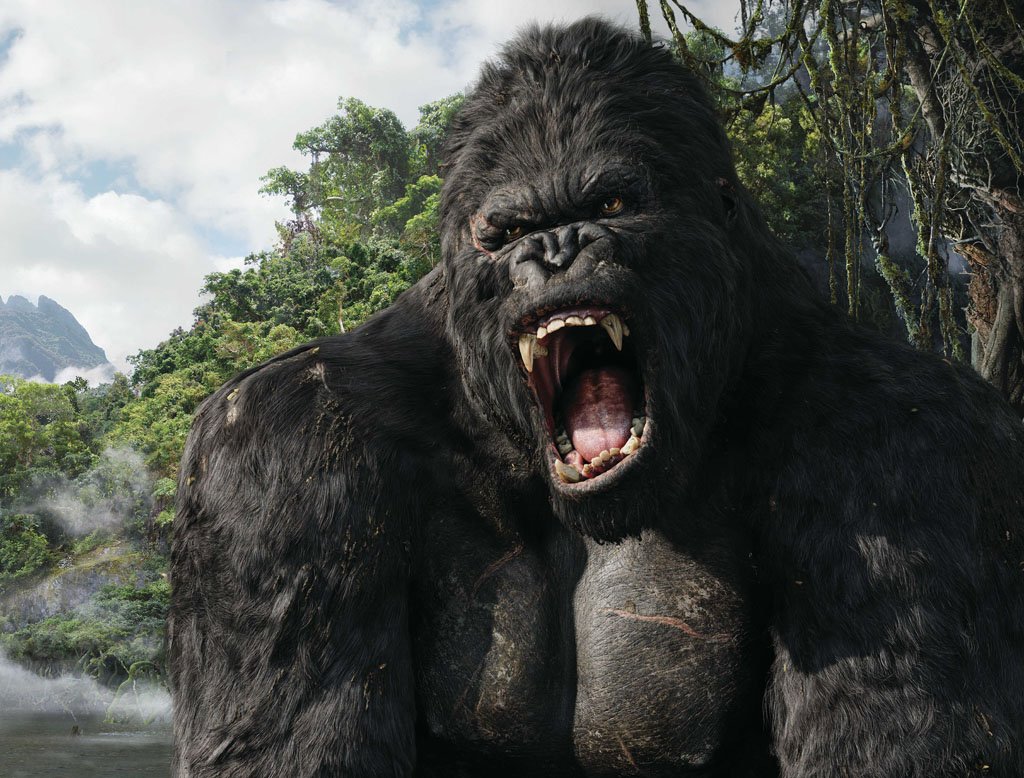
Finally, the first gorilla on our list. This massive and uncommon gorilla from Skull Island is a fascinating creature. Humans and Kong’s ancestors are said to have shared ancestors. As you may already know, humans have evolved from apes so that’s what has been fictionally referred to here.
The Megaprimatus is a species of primate. Kong is a giant ape that stands between 18 and 25 feet tall, and he has imposed strict body image standards for men in Hollywood. Their lair, which is hanging far above the surface of Skull Island, is where they live. Kong was the tribal lord, and he used his habitat to scan the island. Kong was also larger and stronger than almost every other species in the island and a huge threat to the Skull Islanders who were mere humans. During his time, Kong became iconic.
Kong was deemed the species’ solitary survivor after its discovery, and he had been for a long time. Due to the extinction of his species, the great ape was forced to carry all tasks alone, with no one to turn to.
Because of the abundance of food, the species thrived when it lived in tiny groups as families in the jungles. Kong, on the other hand, hails from the highlands.
The adults in Kong’s species, like any other person in the animal kingdom or even humans, were responsible for safeguarding the younger apes from predators. They’d go out of their way to assist the younger ones in their search for food. The males of the species could go toe to toe with the strongest carnivores residing in Skull Island and they possessed dexterity as well. The biggest advantage the apes had over other creatures was definitely their intelligence, as they were capable of using strategies against stronger opponents.
Higher intelligence also comes with the ability to build bonds. The apes were able to build emotional bonds and communicate with one another. Kong’s emotional temperament is to blame for his loneliness as the single survivor.
Skullcrawler
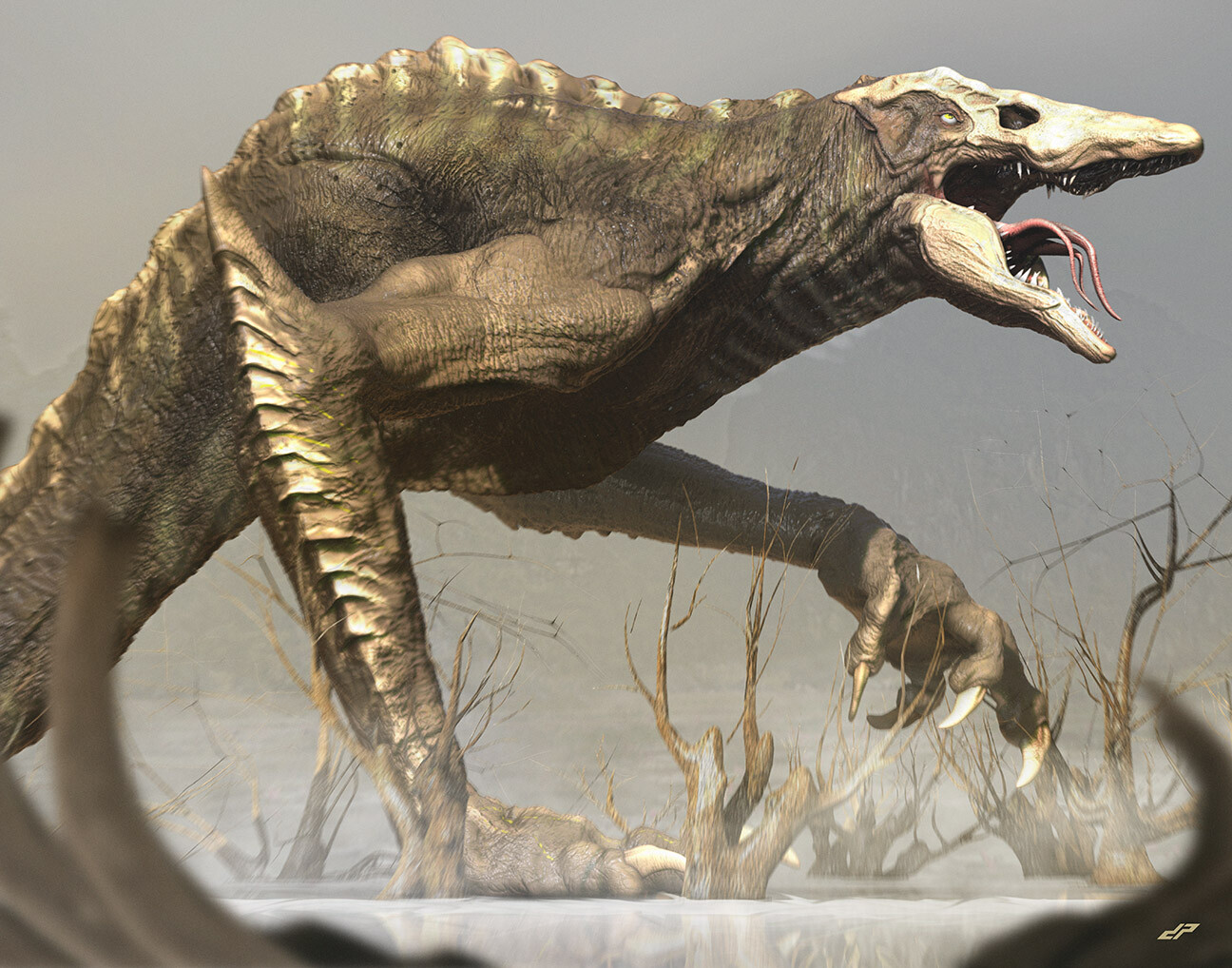
Skullcrawlers are two-legged reptiles that are huge in size. They are the island’s most destructive apex predators, responsible for the near-extinction of Kong’s species. They don’t have hindlimbs, but they do have prehensile tails because they’re reptiles.
Their bodies are slim and strong at the same time, and their heads have skull-like eye sockets, giving them a skeletal appearance. Those sockets, however, are empty fenestrae, and their eyes are positioned considerably further back. The fenestrae can be used to divert attackers’ attention away from their more vulnerable eyes.
Their scales range in color from dark green to dark brown and can be fairly multicolored. Despite having only two legs, they can run faster than humans. This ability also helps them to make quick, sharp turns.
The Skullcrawlers are extremely deadly in warfare, as evidenced by the fact that they nearly wiped out Kong’s species. They defend themselves by using their razor-sharp teeth as weapons. They’re also exceedingly tough, as seen by their ability to resist massive hits and being pummelling on the ground by apes. Their prehensile, serpentine tails are used to swat opponents. Being long, it can also wrap the opponent and gives the Skull Crawlers an edge in combat.
Their tails alone have incredible strength, as seen by Kong’s easy lifting and hurling across the lake by the Alpha Skullcrawler. The feat of tail-wrapping also helps with balance.
Leafwing
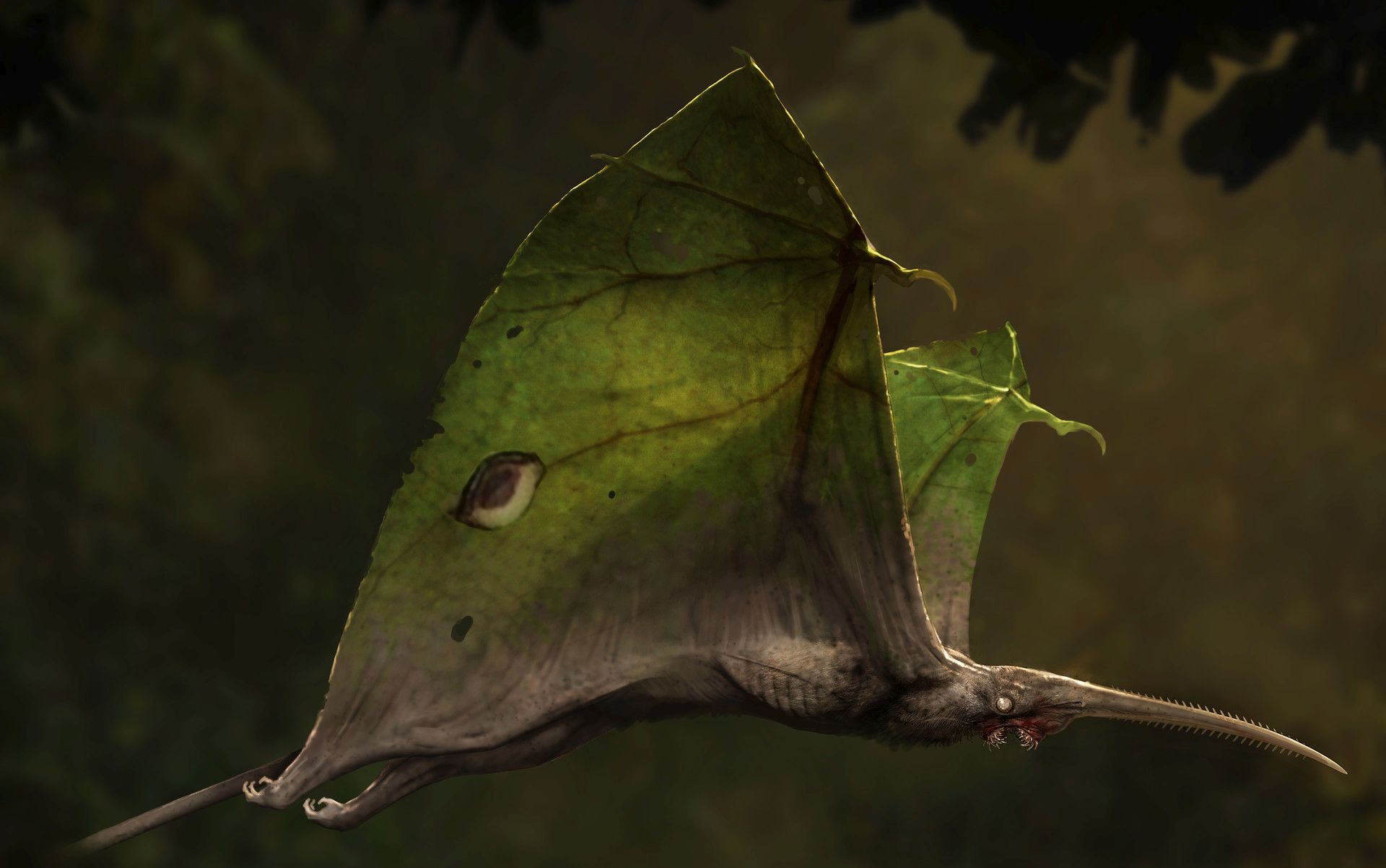
Leaf Wings are avian reptile monsters that have featured several times throughout the franchise and have wings that resemble leaves.
With rostrum-like horns on the foreheads, it has a simpler design than many other species. These horns have spines all over them. Because the wings resemble leaves, they are naturally green in colour and can be used as a camouflaging weapon in the forest, especially when used in groups. Their heads and the back of their bodies sport a yellow stain while their bodies are brown.
In ‘Godzilla vs Kong,’ special Leafwings debuted with body stains that were green and red instead of yellow.
Leafwings are Psychovultures’ cousins, but they are far less vicious. These omnivorous and flying creatures are, nevertheless, extremely hazardous.
Spore Mantis
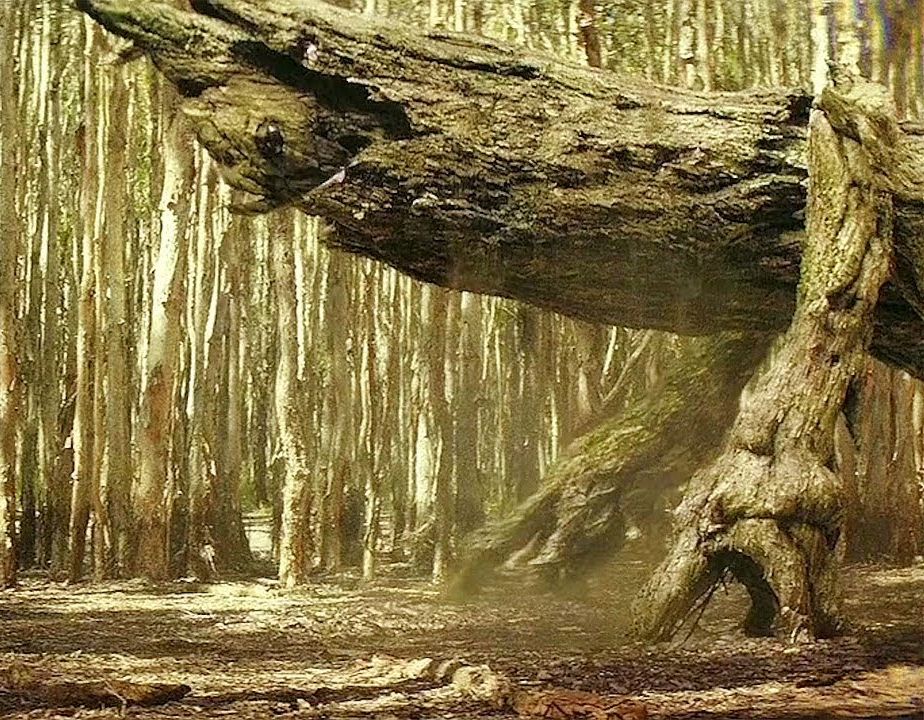
This is a parasitic gigantic insect that lives on the island. Tree barks are seen on the mantis’ epidermis, which is the skin’s outer layer. The body and limbs resemble fallen trees.
A slug, on the other hand, resides beneath the skin. This parasite is a violent parasite with powerful, bone-crushing jaws. The forest camouflage of the tree-like body is great. Once their prey appears in sight within the right attacking distance, the mantis leaves its camouflage spot and attacks aggressively. If something suddenly sits or stands on their backs, the Spore Mantis gets startled and combative.
It’s the size of a fully grown redwood tree, yet it’s still a stick insect at the end of the day. It gains the ability to attack at breakneck speed thanks to its tentacles.
Once the mantis has consumed its meal, it employs a sap-like protein to break it down by encasing it inside its digestive tract. It then excretes it, and if you want some more nasty information to be revealed, its excretions are covered in crystalline substance, making them translucent. You’ll be able to view what the Spore Mantis has excreted from its system this way.
The Spore Mantis’ huge log-like bodies allow for a lot of endurance. Bullets are deflected by the skin, but it isn’t thick enough to protect against Skullcrawlers. They are, however, astute and will avoid predators that can easily defeat them in combat. As a result, their prey is often smaller than them and they know how to prioritize their own survival.
Mother Longlegs
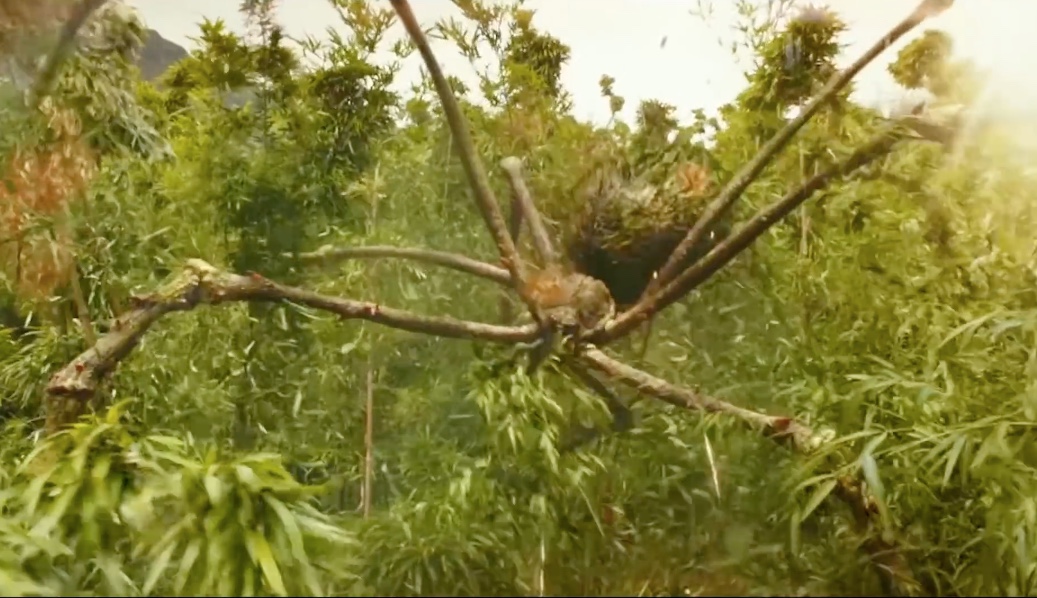
Mother Longlegs are huge arachnids and predators on Skull Island, and their name is a pun on the term ‘Daddy Longlegs.’ The ‘mother’ in the species’ name indicates that it is entirely female.
They stand 5 to 7 metres tall and have long legs that look like bamboo stalks. These legs, like those of several other predators on the list and on the island, can help them blend in with their surroundings in the jungle. Their upper bodies operate as canopies, and their legs are lengthy enough to provide great elevation to the arachnids.
They prey by ambushing unsuspecting creatures.
Mire Squid
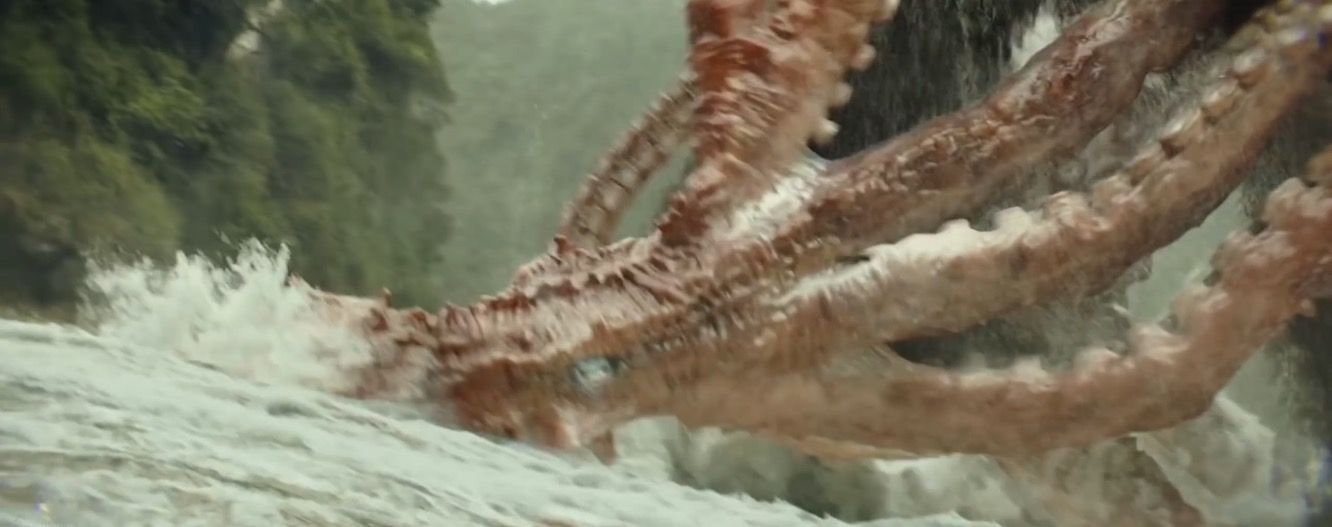
These massive squids range in length from 27 to 33 metres and flourish in the salty waters of Skull Island. Their predation strategy is straightforward. In the lakes, they ambush the prey. First, they wait for the prey to get close to them. Then, they move with complete stealth to avoid being spotted, be it by the prey or any other predator. Then, when the prey is close and unsuspecting of the looming danger ahead, they attack.
Their body is totally crimson, and they have bulbous head that resembles that of an octopus. Their defenses aren’t robust, so when they’re threatened, they act dramatically. Like octopi release their black tar during such situations, Mire Squids expel black ink from their mental chambers as well. This ink is also heated, so it boils the enemy trying to attack the squid.
Their jaws are similar to beaks and may rotate like fan blades. They employ this fan-like feature to create whirlpools or a vortex-like water movement that draws the prey inside and eventually into the squid’s mouth. The tentacles are long and incredibly flexible, capable of wrapping themselves lethally around other creatures. As creatures that can survive even after taking multiple hits from great apes, their endurance is top-notch.
Megalopolis, such as mire squids, are thought to be linked to the Great Pacific Octopus. The Mire Squid, on the other hand, shows some clear evolutionary differences and mutations from its Octopi kin. The cause of its gigantism is unknown, however, according to the Monarch study, some people believe the geothermal gigantism is due to it being a Skull Island species.
Skull Island Deer
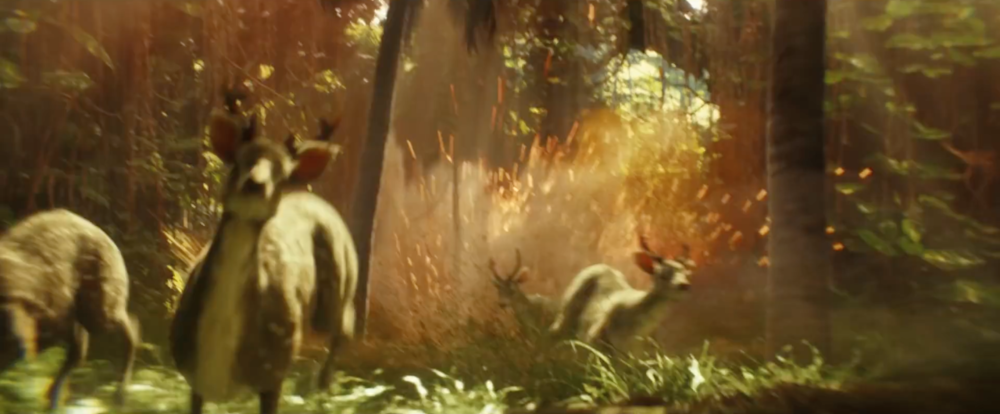
Skull Island’s predatory deer, Skull Island’s deer, Skull Island’s deer, Skull Island’s deer, Skull Island’ Deer, like several other deer, have brown fur that is speckled with white all over. Antlers are worn by male Skull Island Deer.
They behave similarly to other deer species in that they live in herds, eat a plant-based diet, and are hyperaware of anything that could be harmful to the species. They run quickly and are incredibly nimble, allowing them to avoid seismic charge explosions, as evidenced by the moment where they escaped the Monarch expedition team’s blasts. In fact, they are an intelligent species that can determine whether there is any looming danger or not based on these seismic charges alone. This helps them avoid larger predators on Skull Island that they probably cannot run away from despite being super-fast runners.
Warbat
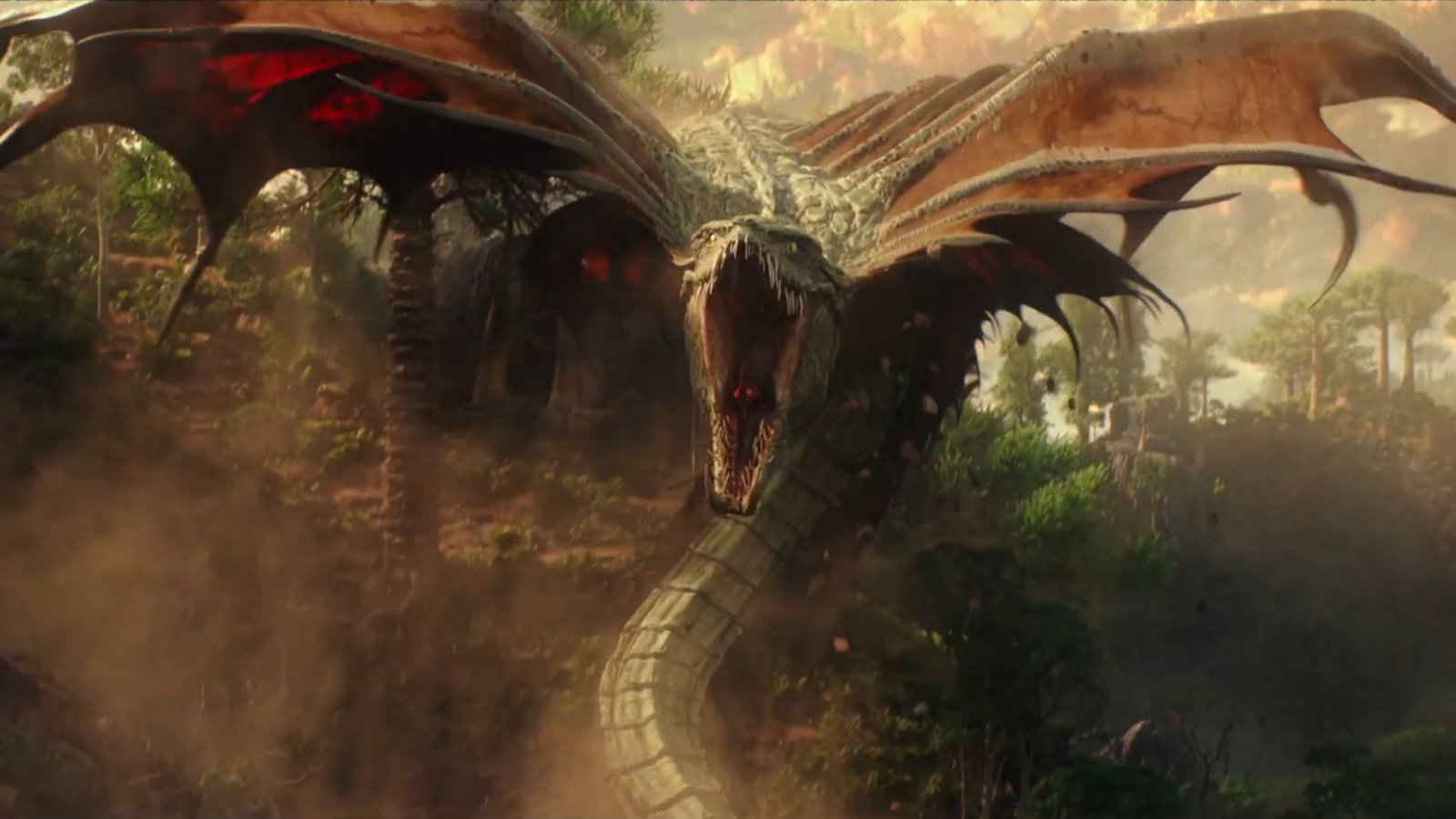
These subterranean apex predatory species are massive, monstrous daijaku that can fly and have a serpentine, bat-like look. They have a very aggressive personalities.
Their bodies are greyish in appearance, and their wings are large and membranous. It runs down the top of its body, and the bones from its ribs expand to support these bat-like wings. With its long and slender look, its bottom body takes on a serpentine shape.
Because the terrain of the Hollow Earth may be rather dangerous, Warbats are thought to have evolved a serpentine torso. They have snake-like ventral scales and resemble a cobra. A Warbat’s fangs, which protrude from its snake-like head, are massive. Their mouth is filled with teeth that can cut like needles. Their eyes are green and this is where a difference lies between snakes and Warbats, barring the wings. Instead of vertical pupil slits, Warbats sport horizontal pupil slits that are almost catty.
They are extremely aggressive and roam the Hollow Earth rainforests. They use their serpentine lower bodies to wrap themselves around the prey, suffocating it. They sometimes use their wings as a weapon to suffocate and smother their target. When hunting, they prefer to do so in pairs or packs rather than by themselves, unlike snakes in real life. They are good at cooperating with one another.
Warbats’ origins are unknown at this time. All that is known or presumed is that they are believed to have evolved on Hollow Earth itself, and that, thanks to the ecology, Warbats expanded in size as well, thanks to the current energy of the place that transforms things gigantic.
Hollow Earth Arachnid
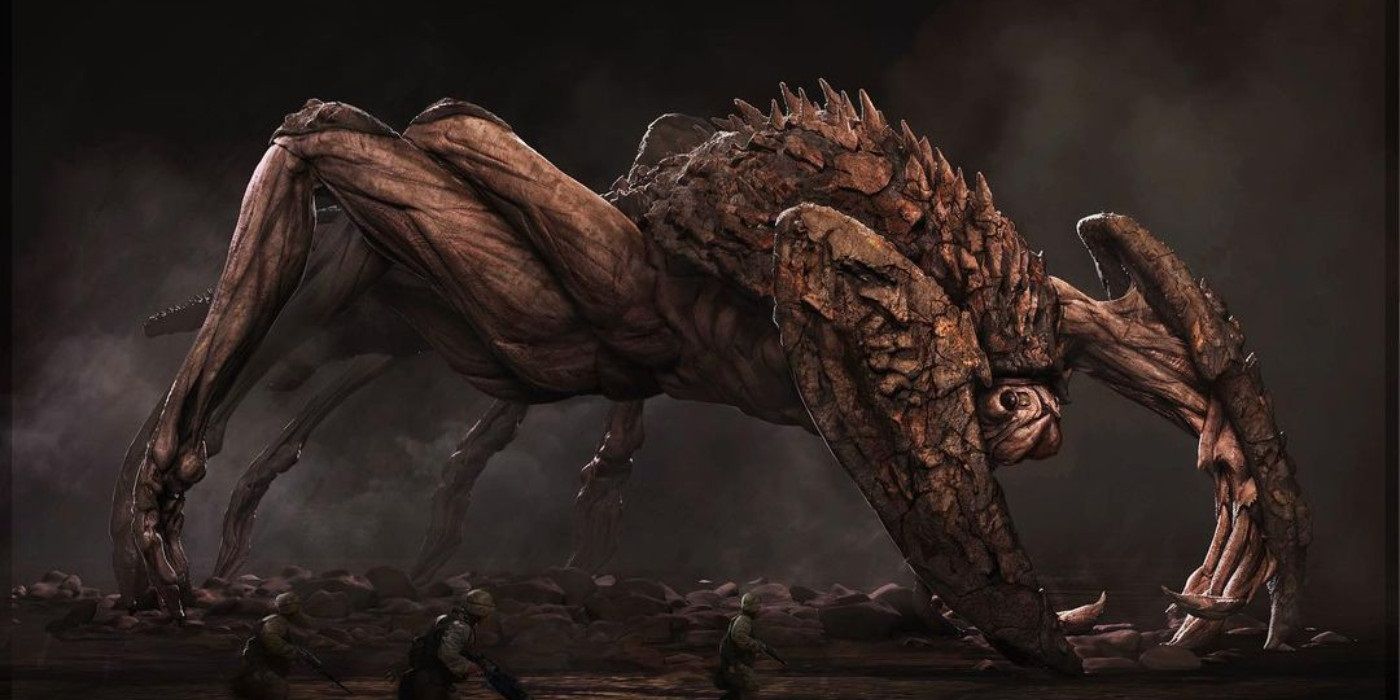
These enormous arachnids can be discovered in the Hollow Earth habitat beneath Antarctica. There isn’t much known about it right now, and fans are hoping that the franchise will grow on these fascinating critters.
When two H.E.A.V.s and Kong passed by, a group of Hollow Earth Arachnids flew away as soon as they realised a larger predator – the Hollow Earth Lizard – was on the loose. The Lizard devoured one of the arachnids. As Kong ran, they dispersed into several locations.
When the Hollow Earth Arachnids prey, they drink blood from animals who are asleep like parasites.
Hollow Earth Lizard
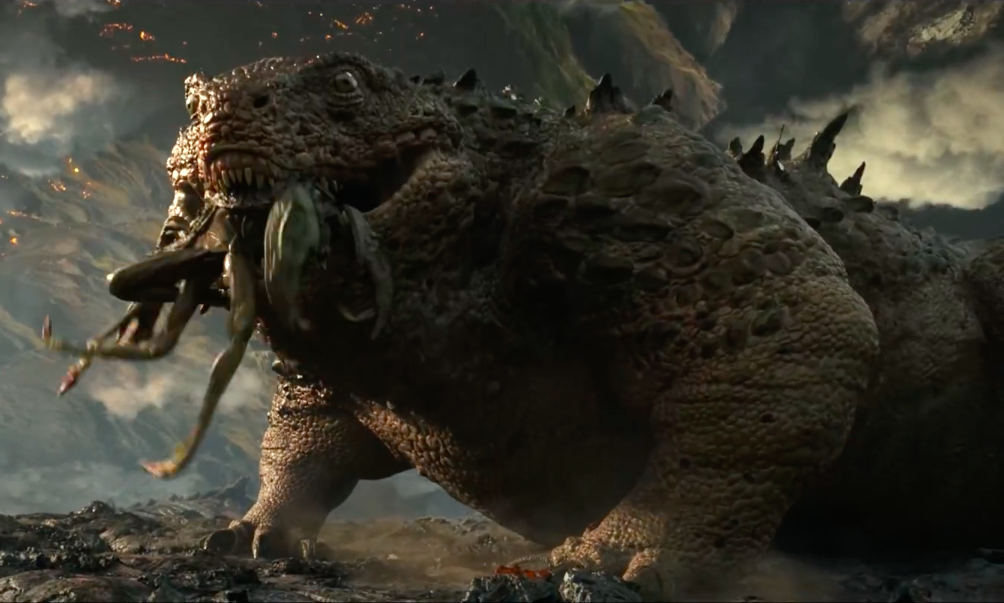
These colossal reptiles are predatory reptiles that live underground. They are greyish black in hue, allowing them to blend in perfectly with the surroundings. Their backs and shoulders are covered by rows of spikes and it is an effective defense that protects the lizard against other predators thriving in Hollow Earth.
Like many other predators of today’s period and time, their jaws are filled with sharp and big teeth, and their eyes have stereoscopic or binocular vision. Like crocodiles, they feature a bony ridge over their eye sockets.
They prowl the rocky plains in search of particular prey, such as Rock Critters. When hunting, they prefer to ambush their victim. Their ability to blend in with the environment aids them while doing so, and they know when to take advantage of a situation when it comes to hunting. They work smart.
Due to the energy present, these animals evolved within the terrains of Hollow Earth and grew to be enormous in size. Due to the creature’s jagged dorsal plates, one artbook described it as a Titanus Gojira branch species.
Hellhawk

This kaijus, which resemble hawks and are located on Hollow Earth, are enormous birds with large wings. Their talons, vulture-like heads, and leathery wings give them a striking resemblance to bats. Their backs are armored with feathers that look like hairs. But when they are not in flight, they take on a posture similar to that of birds as they fold their wings around their bodies and tuck them into either side.
Their vulture-like screeches pierce the air. These animals are cavern dwellers who are vicious predators. They are easily annoyed and are inclined to assault the prey again. Once they capture the prey, they are extremely protective over it because their habitat is not one that is brimming with food. Hellhawks have gotten into aggressive fights with one another due to this.
They hang upside down from the ceilings of their dark caverns, like bats. They take to the air using their leathery wings and do so quickly. Their mobility is also exceptional. When in combat, they utilize their talons and beaks as weapons and it is efficient enough to carry human prey effortlessly. The talons are efficient at digging into walls.
King Kong
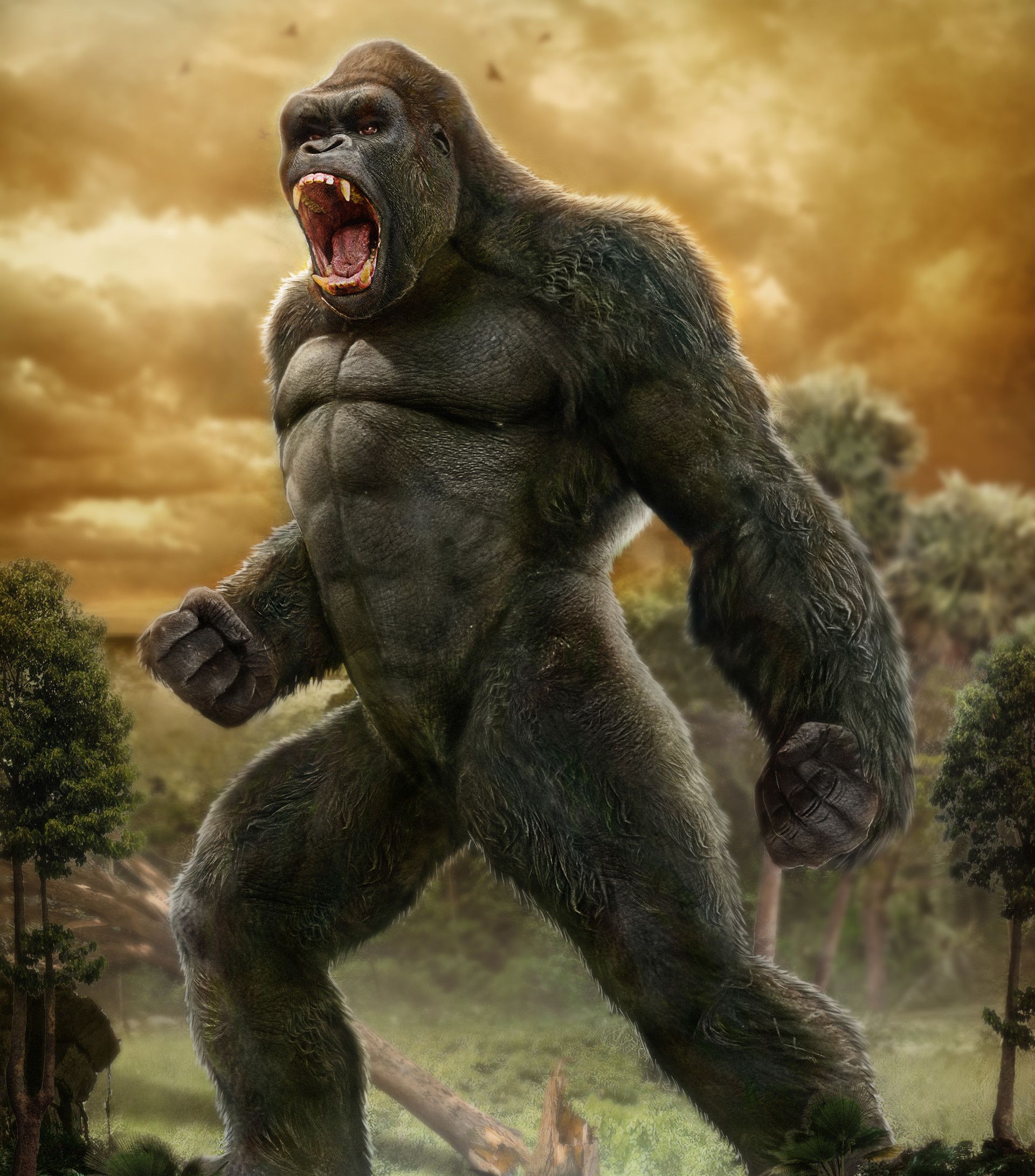
The MonsterVerse franchise’s protagonist is King Kong (alongside Godzilla). He is a strong but compassionate creature who is frequently depicted as an anti-hero. King Kong, although being a carnivorous creature, has shown glimpses of humanity throughout the film. He belongs to a superspecies of apes that shares a common ancestry with modern-day apes, but took on a Titan-like size due to the ecosystem of Hollow Earth. It is known for its humanoid appearance.
Kong has orange-brown fur, a massive brow, a short crown, a wide-eyed roar, and an exaggerated muzzle. It stood 104 feet tall, aiming to make humans appear as a speck in comparison to the Titan ape. Kong’s stance is erect, in contrast to the hunched-over posture of his species and silverback gorillas in general. His arms are also way larger than his legs. The reason for his character was to create a divide between the audience, causing some to view him as a savior, others to view him as a threat, while some also viewed him as a God.
His rounded skull is riddled with scars, indicating his combat past. He has a powerful physique with huge biceps and well-defined abs. When it comes to personality, King Kong is calm and compassionate. But when provoked, he is fierce in battle. He guards Skull Island, protects the wildlife there and even befriends humans who infiltrate the jungle. He protects his allies with his might and does not shy away from endangering himself. He also possesses remarkable intelligence and goes on to learn sign language eventually.
He is partially carnivorous, as evidenced by his consumption of Warbats, Mire Squids, and even fish.
Vastatosaurus Rex
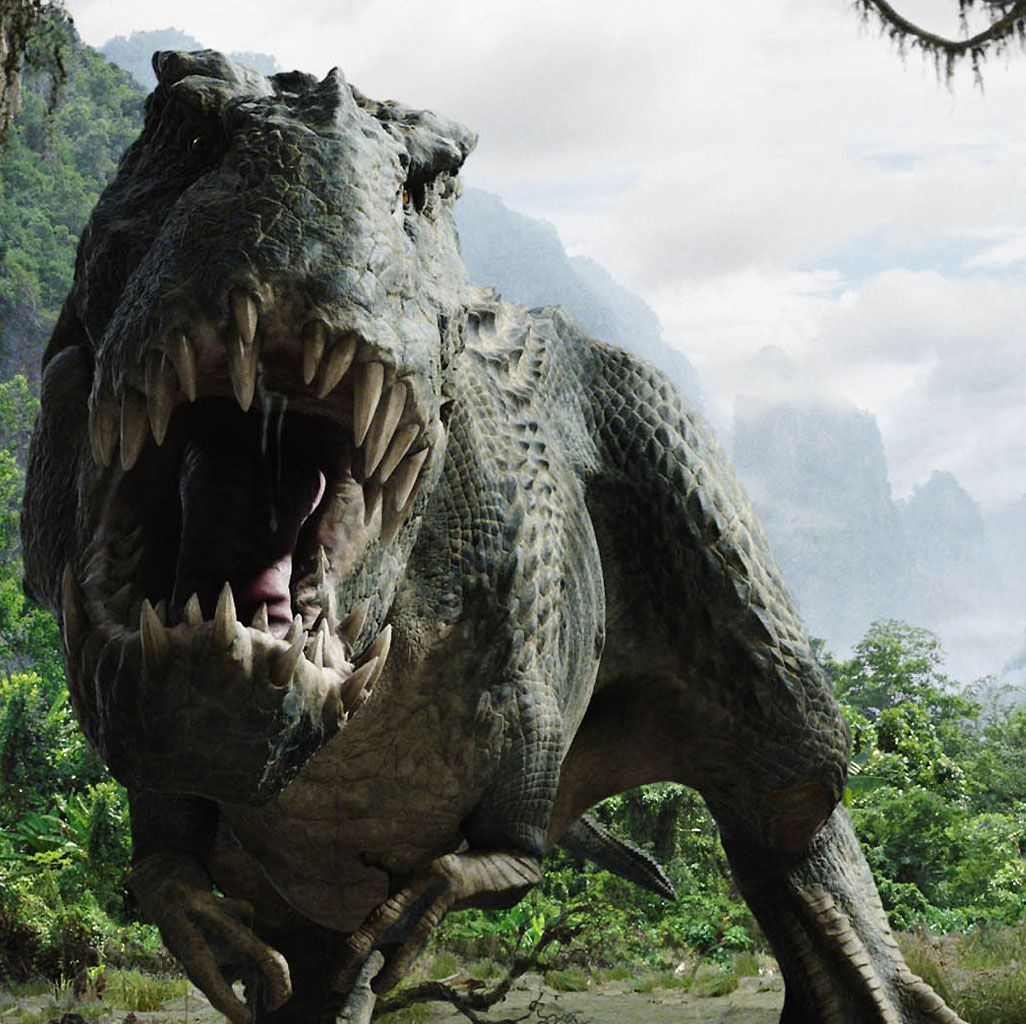
Theropod dinosaur Vastatosaurus Rex used to be found on Skull Island. They are a rather huge species as a whole.
They used to be the largest terrestrial predators on the island and had descended from the Tyrannosaurus Rex. They were 40 to 50 feet long and approximately 20 feet tall at the hip itself. It was bigger and heavier than its ancestor T-Rex, as a creature that had evolved. However, do not let the size fool you as Vastatosaurus Rex possessed fast-moving feats that generally worked in bursts. They could go as fast as 20 to 25 meters per hour over short distances.
The Vastatosaurus Rex is based on what might have happened if the Tyrannosaurus Rex had the chance to evolve during the 65 million years after the Cretaceous Period. As the decision is made, factors such as an abundance of huge prey, a sluggish atmosphere on Skull Island, warmth, and humidity are taken into account. No other carnivores, including T-Rexes, could compete with the Vastatosaurus.
Due to their enormous size, they possessed very high levels of strength. They’d be able to go toe-to-toe with King Kong in a fight. Their frame also contributed to the dinosaur being extremely resilient and able to withstand King Kong’s fists with little effort. They could survive lethal falls from heights and seemed to have limitless stamina. They could last for long durations when fighting an adult Megaprimatus Kong.
Weta-Rex
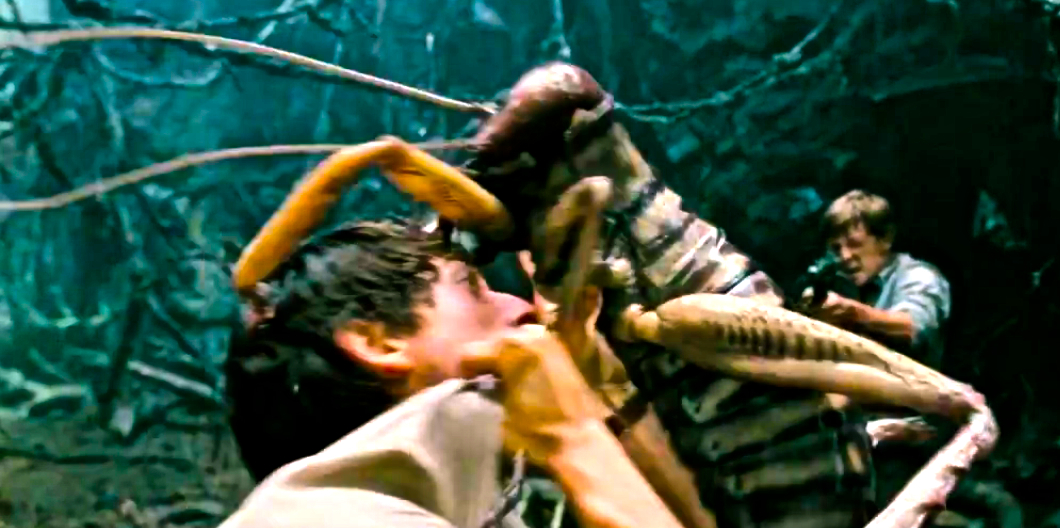
These enormous beasts are distant relatives of New Zealand’s Wetas. They range in length from 2 to 3 feet. This doesn’t sound too big compared to the other creatures on the list but the Weta-Rex is a species of prehistoric crickets. As a result, they outclass and outsize regular crickets easily.
They are on the lookout for dangerous predators. They swarm in vast numbers in the chasms and caves of Skull Island. As they hunt, they mob their target and easily overwhelm them. Their great number allows them to wear down large dinosaurs with their shearing mouths as well.
Abyscidis
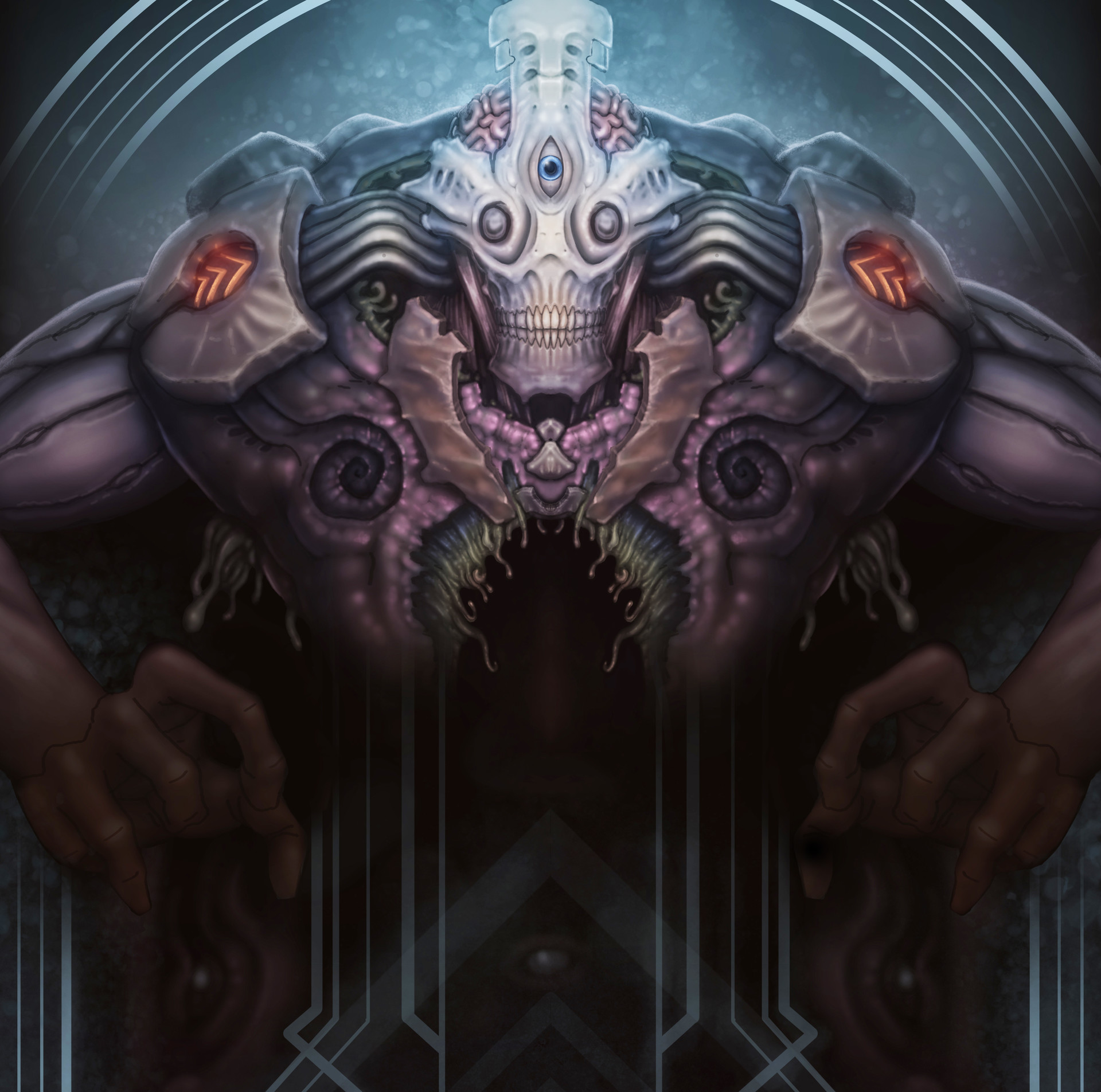
These Abyss Killer Crabs are the size of dogs, and they live in the shadows of larger predators. As a result of their secondary status, they are scavengers rather than hunters. Any biological substance would be consumed by them.
Their hatching numbers are tremendous, and they dwell in loose colonies in deep caves and holes. They use river bodies to migrate to darker realms and discover unclaimed caverns where they can develop and start a new colony.
Deplector
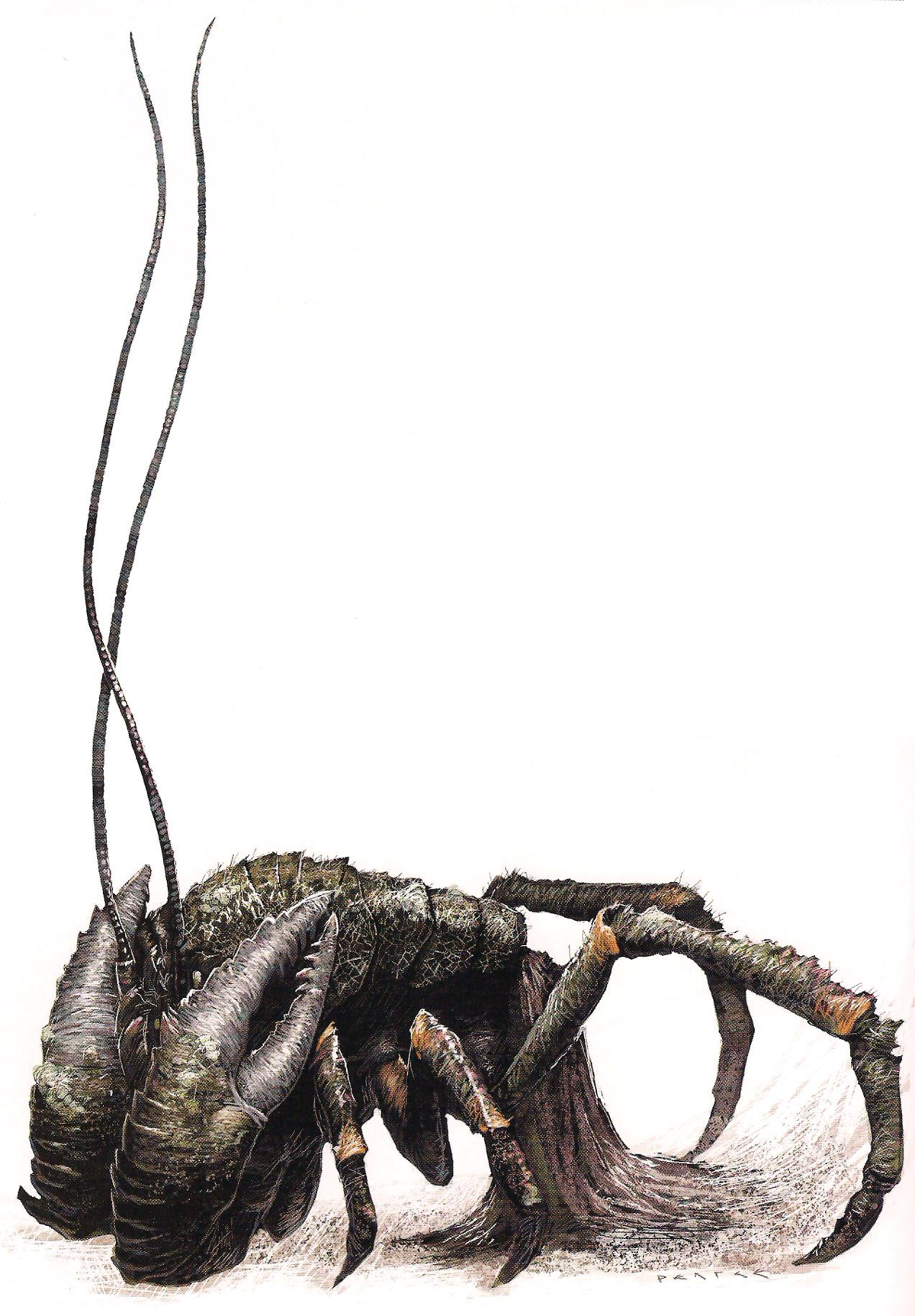
Deplectors are enormous arachnids that are similar to Abyscidis. They live in the fissures of the Insect Pit’s walls. They hunt by snatching flying creatures from the air with their claws after attaching themselves to their assigned positions. They use their antennae to find prey, which they subsequently snare with their six-foot claws.
Male Deplectors were not particularly large, while female Deplectors might grow to be eight feet long. Male Deplectors would live at the backs of the female Deplector’s cavern due to their lesser stature. It was their responsibility to fertilise the eggs, and they ate the scraps left over from whatever the female had eaten.
They are blind since they lack eyes, but their antennae compensate by detecting air vibrations. As they wait for their meal to appear, they fold their pincers in a form similar to that of the Praying Mantis.
Vultursaurs are a favourite prey of theirs. These are creatures that fly through the chasms in flocks at night. When they lunge, they attack with their entire body weight. Their abdomens exude elastic materials that the Deplectors can utilize to bind their bodies to rocks and keep them from falling. This characteristic also allows them to swing freely.
The female Deplector lays several hundred eggs at once. These exhibit enormous sexual dimorphism, more than any other creature in the Skull Island. Unlike the females, the males are defenseless and rely on the female Deplectors for safety.
Udusaur
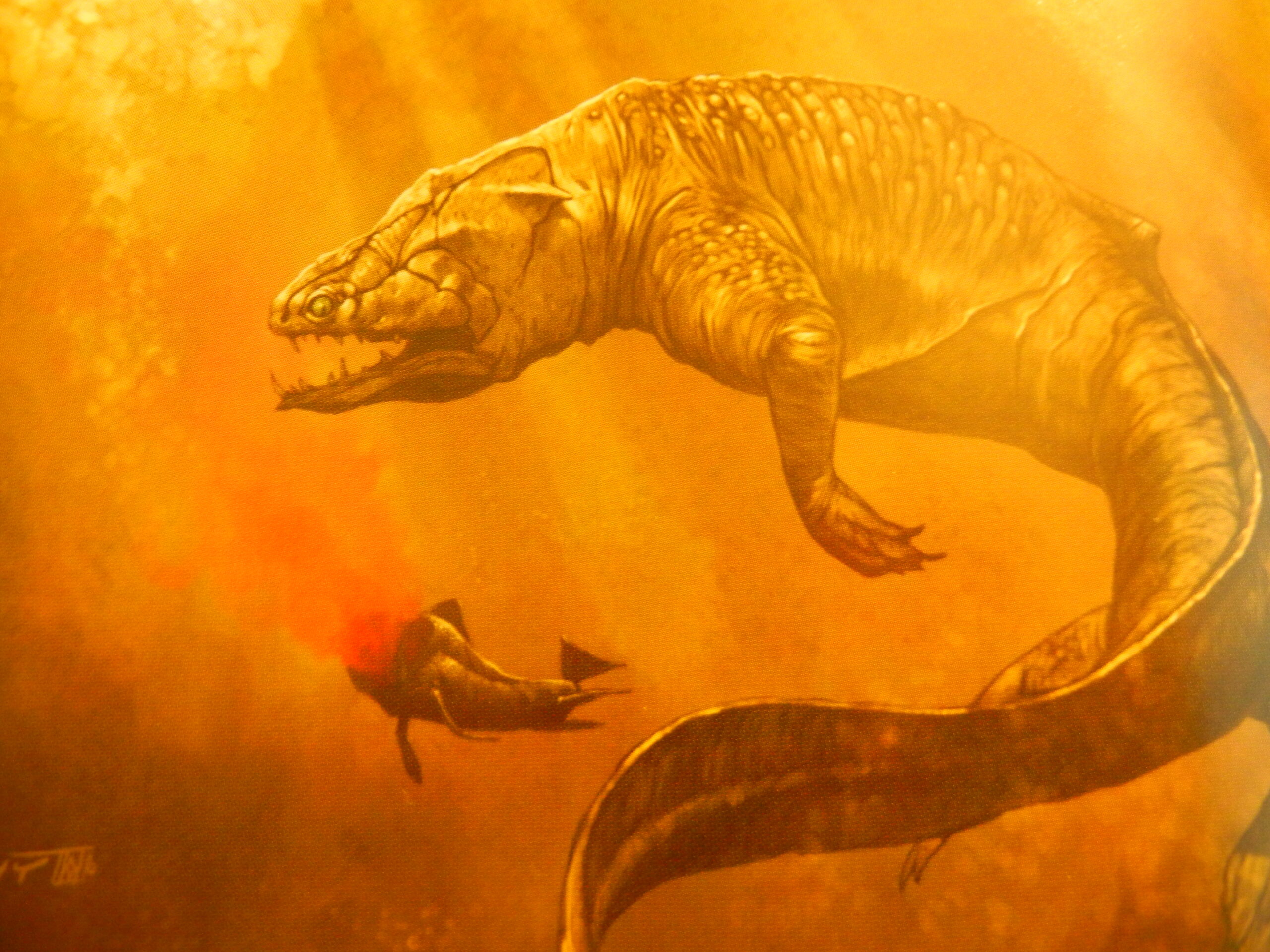
Udusaurs, sometimes known as swamp crawlers, are enormous reptiles. Its length varies between 4 and 6 feet.
They are members of the Turturcassis family. Udusaurs are small aquatic reptiles. They are predatory predators with bullet-like heads. They live in Skull Island’s rivers and hunt in packs of up to six Udusaurs.
Despite being aquatic, they do not breathe through their gills and instead rely on air. They dive for three minutes underwater, when they herd and hunt on smaller fish by cornering them, before rising to air. Individual Udusaurs rush into the cluster in turns during the hunt, grabbing mouthfuls of their victim.
Piranhadon
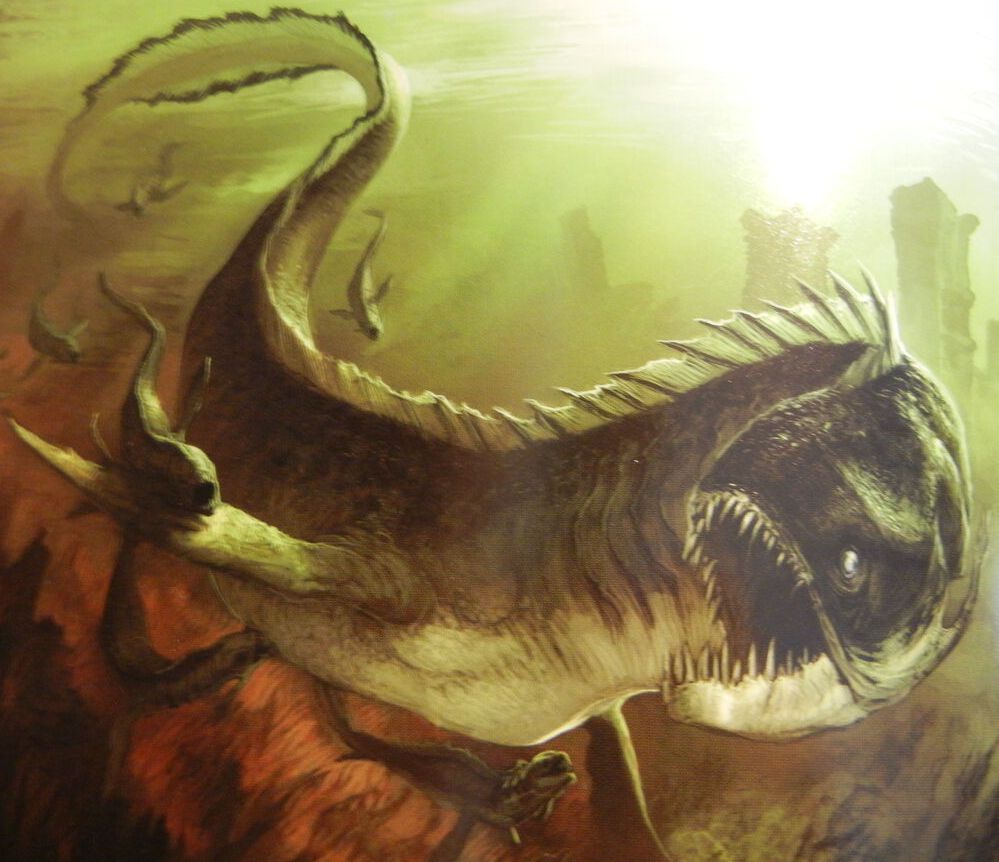
The rivers of Skull Island are home to these fish-like creatures. As they come down to drink water, they take the prey from the riverbanks.
Male Piranhadons, like Deplectors, are substantially smaller than their female counterparts. Male Piranhadons compete with one another in order to prove their worthiness to mate with a female Piranhadon.
As five-foot-long baby Piranhadons, these monsters are born in bunches. They are devastating aquatic predators even as juveniles, easily overpowering fish, amphibians, smaller dinosaurs, water birds, and a variety of other species. They are also not out of pocket when it comes to larger terrestrial creatures.
They ambush their prey while waiting for it to appear along the river’s edge. Then, using its delicate barbels, they detect the approaching prey. Their eyes are unable to distinguish between light and dark, but their other senses are more than adequate to compensate. It then surges its giant body as it lunges out of the water. It captures the prey with its sharp jaws and either takes a massive bite or drags it down below the surface.
Piranhadons are known for their lunging ability, and when combined with their robust pectoral fins, they may beach themselves on river banks. The Piranhadons pick them clean for their meals as birds, lizards, and another wildlife swarm to them. However, heat and dryness can result in them having to return to their aquatic habitat.
Despite being the largest hunting predator in Skull Island’s waterways, Piranhadons must remain vigilant because the Vastatosaurus Rex can be dangerous to them.
These fish are approximately 50 feet long and weigh 14 tonnes. Their bodies are strong, with a greenish-black look on top and white underneath. Their teeth are pointy and sharp, each one the size of an adult human’s forearm.
Terapusmordax
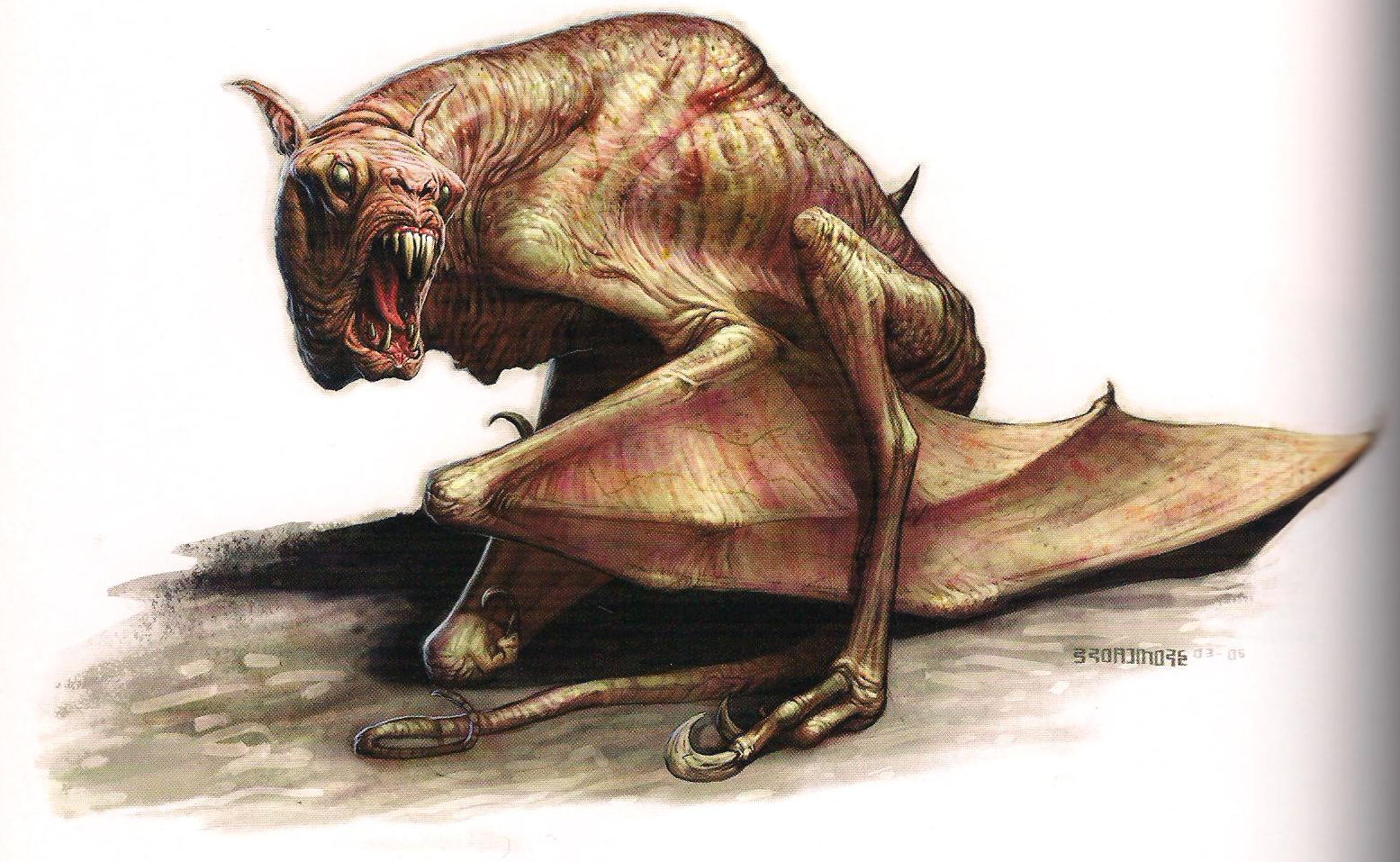
These are enormous bat-like rodents that are one of Skull Island’s largest flying mammals. They are members of the Volucerattidae family of flying rodents that live on Skull Island. They sport the looks of bats and pterosaurs. Their body is 3 to 4 feet in length but their wingspan is over twice that size, ranging from 8 to 10 feet. They also look similar to naked mole rats.
Terapusmordax will consume anything, including lizards, rats, birds, flying rats, carrion, humans, and even small dinosaurs. It is not a carnivore, thus it will eat fruits and nuts as well. Terapusmordax preys on smaller cousins of the species, which are usually caught at dusk.
Similar to the naked mole-rat, the Terapusmordax is entirely hairless and has translucent skin. For its stature, the bones are quite strong.
When it comes to abilities, the Terapusmordax is incredibly nimble in flight, being able to keep up with smaller birds and flying rats that can fly at great speed due to being smaller in size. They live in large numbers in caverns. The species is ruled by older females. Males, on the other hand, live in colonies and frequently fight to the death.
They have a foul odor that rivals that of skunks. Their odor, on the other hand, keeps predators at bay because few people want to approach a species with such a strong stink.
Moonspider
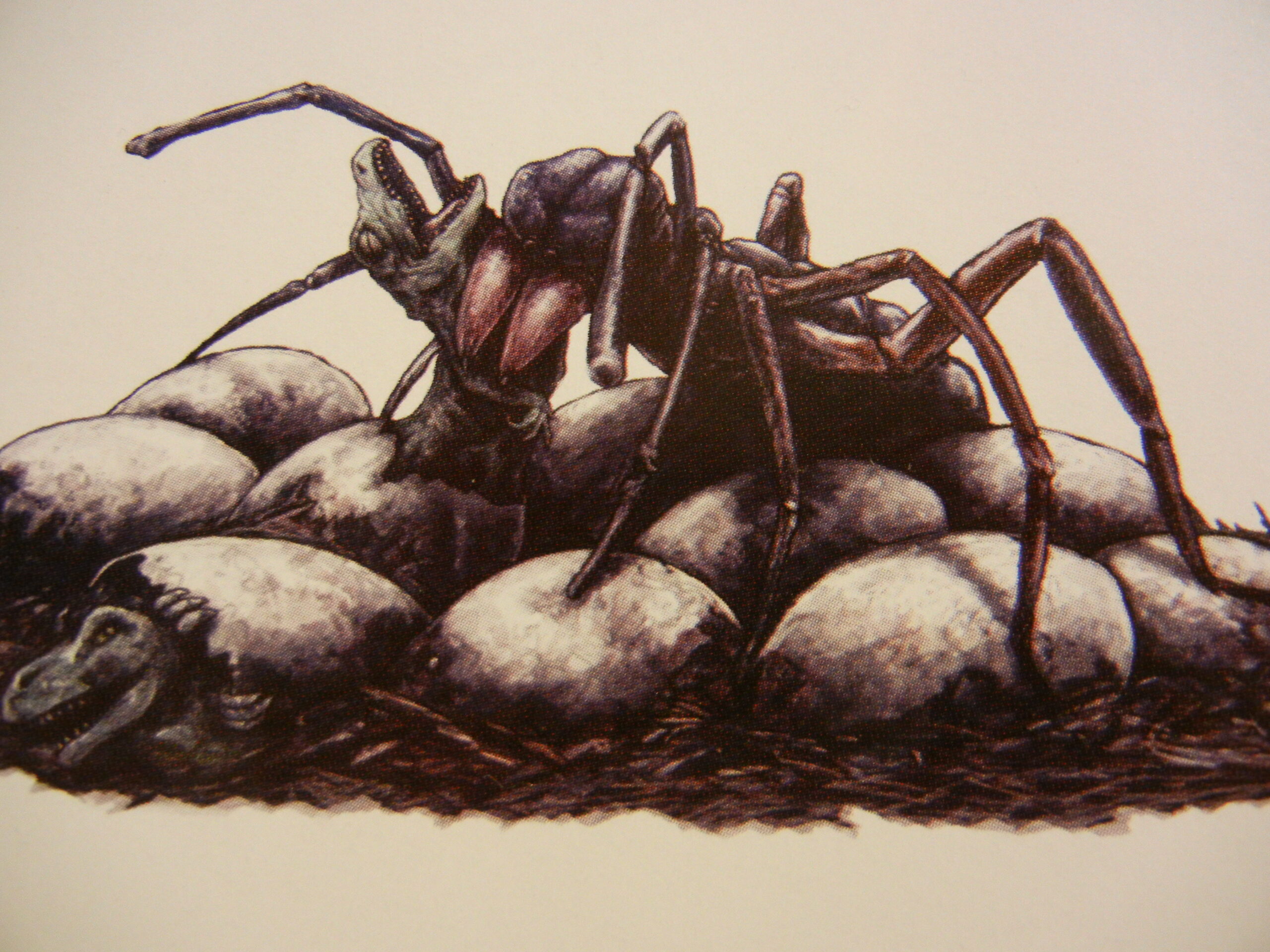
As we can see, Skull Island is home to a number of different arachnid species, one of which is the Moonspider. They are, however, not excessively large. They tend to be 6 to 8 inches in length. In the movie, they are seen when they retreat, as Kong fights the Venatosaurus and when Ann tries to escape Kong.
Because of their diminutive size, Moonspiders are more likely to get themselves into trouble, especially at night. They are, nevertheless, not to be trifled with, as their jaws are superior to those of several other creatures. They have ten legs, which they utilize to crush and paralyze their prey with their power and poison.
Lizards, rodents, ground birds, and dinosaur chicks were frequently eaten by the Moonspiders. If one of these arachnids bit a grown dinosaur, Skull Island’s larger apex predator would be in serious trouble. Moonspiders, on the other hand, prefer to hunt at night to avoid larger predators.
They’ve devised a clever ruse. Near dinosaur nests, moon spiders wait. They prey on the tiny dinosaurs who are unable to protect themselves when the young ones hatch. When a dinosaur egg is nearing the early stages of hatching, they use the slight smell of egg materials to detect it.
Swamp-wing
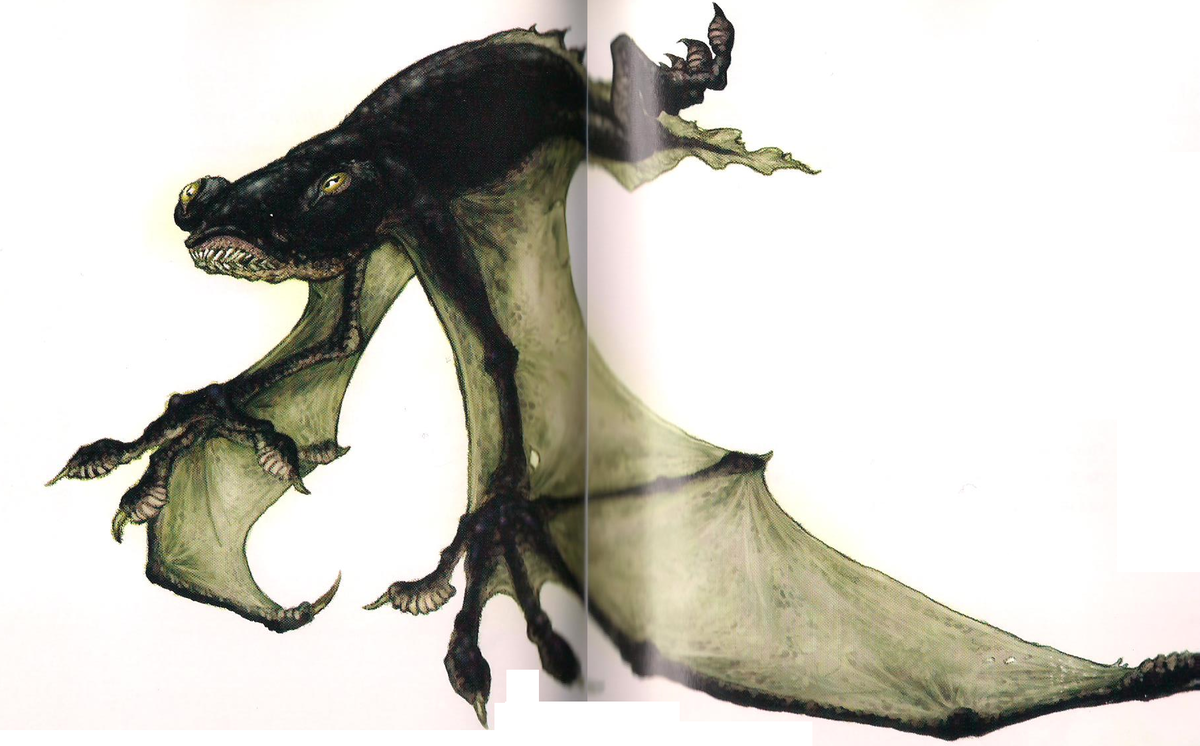
Swamp-Wings are frogs that look like bats and have wings that allow them to fly. They reside in the wetlands of Skull Island and have a wingspan of 4 to 8 inches. These creatures are weird.
To avoid being preyed upon by bigger predators, certain of these frogs have grown enormous membranes along their forearms to form these wings. Their forelimbs are often smaller than their hind legs. Their jumping powers, on the other hand, aren’t nearly as good.
The look of several Swamp-wings is similar to that of tadpoles. They don’t have teeth, but they do have serrations that are sharpened. The Swamp-serration’s wings are needle-like and protrude through the gums. This is a trait that no other species on Skull Island has.
They are not strong flyers, despite possessing wings, and their aerial power is restricted to small distances. Their glide is uncontrollable, and they frequently flail about. It does, however, assist them in escaping predators regardless of where they are assaulted.
Swamp-wings seek to avoid swimming as much as possible as they become easy prey for bony fishes underwater as they age. They are also attacked by reptiles, and their wings make it difficult for them to swim. Climbing is one of their strong suits. They have gripping pads on their bodies with which they can be agile climbers. They eat floating vegetation or wet-rooted trees and do not hunt unless they are feeding on small invertebrates living on the ground.
These critters lay hundreds of eggs at a time in clusters. Their intended hatching location is amid the reeds or water weeds, as these areas assist them to avoid larger predators. Tadpoles are born as hunters who go pursue smaller insects and invertebrates once the eggs hatch into tadpoles. Once the tadpoles are seven weeks old, their legs begin to spur out. As they grow for 12 entire weeks, their tadpole-like tails shrink in size and eyes begin to bulge like frogs. They almost become adults in 3 more weeks and they leave water even though they haven’t developed proper wings yet.
Simian Raticus
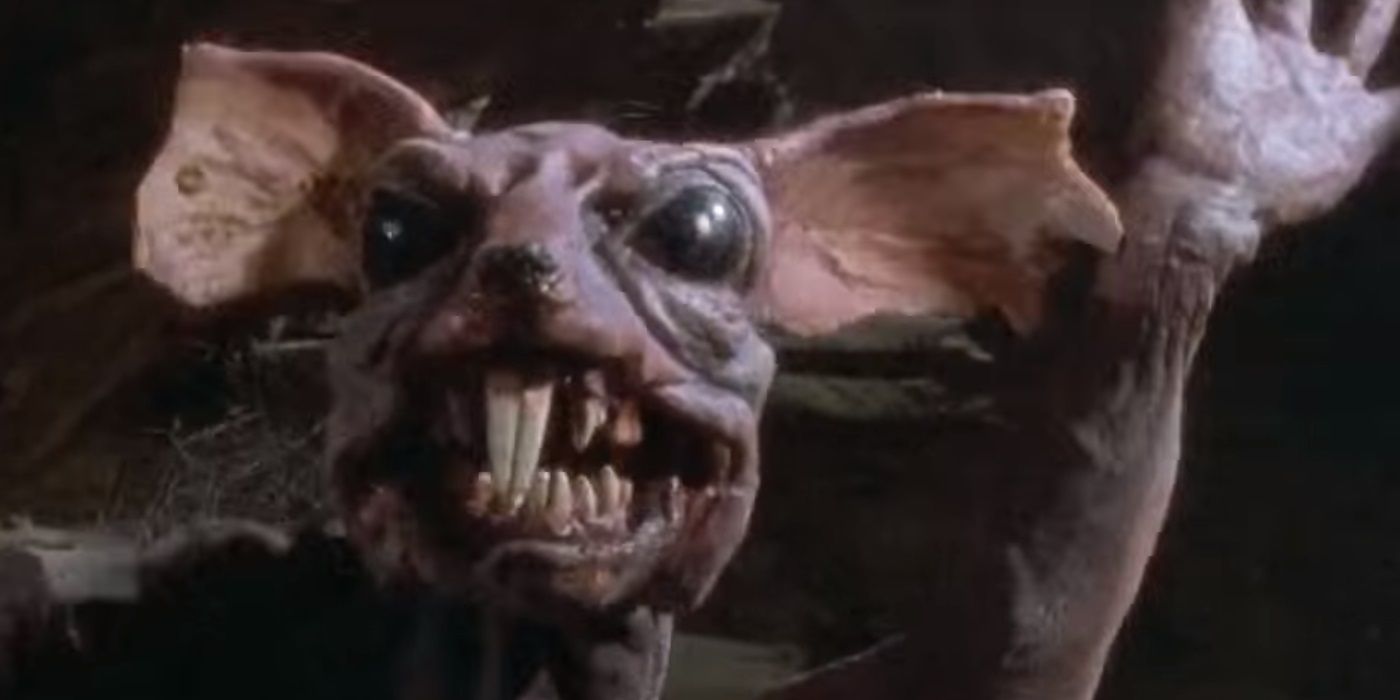
Raticus Simian Skull Island is home to Rat-Monkeys and Devil Monkeys. These monkeys have large, black eyes and resemble rats. They have two long buck front teeth, similar to rodents.
A Simian Raticus’ body is virtually hairless, revealing its brownish-grey skin beneath. Their fingers have claw-like qualities and are quite powerful. They live in trenches and hunt and eat massive arachnids.
Scorpio-Pede
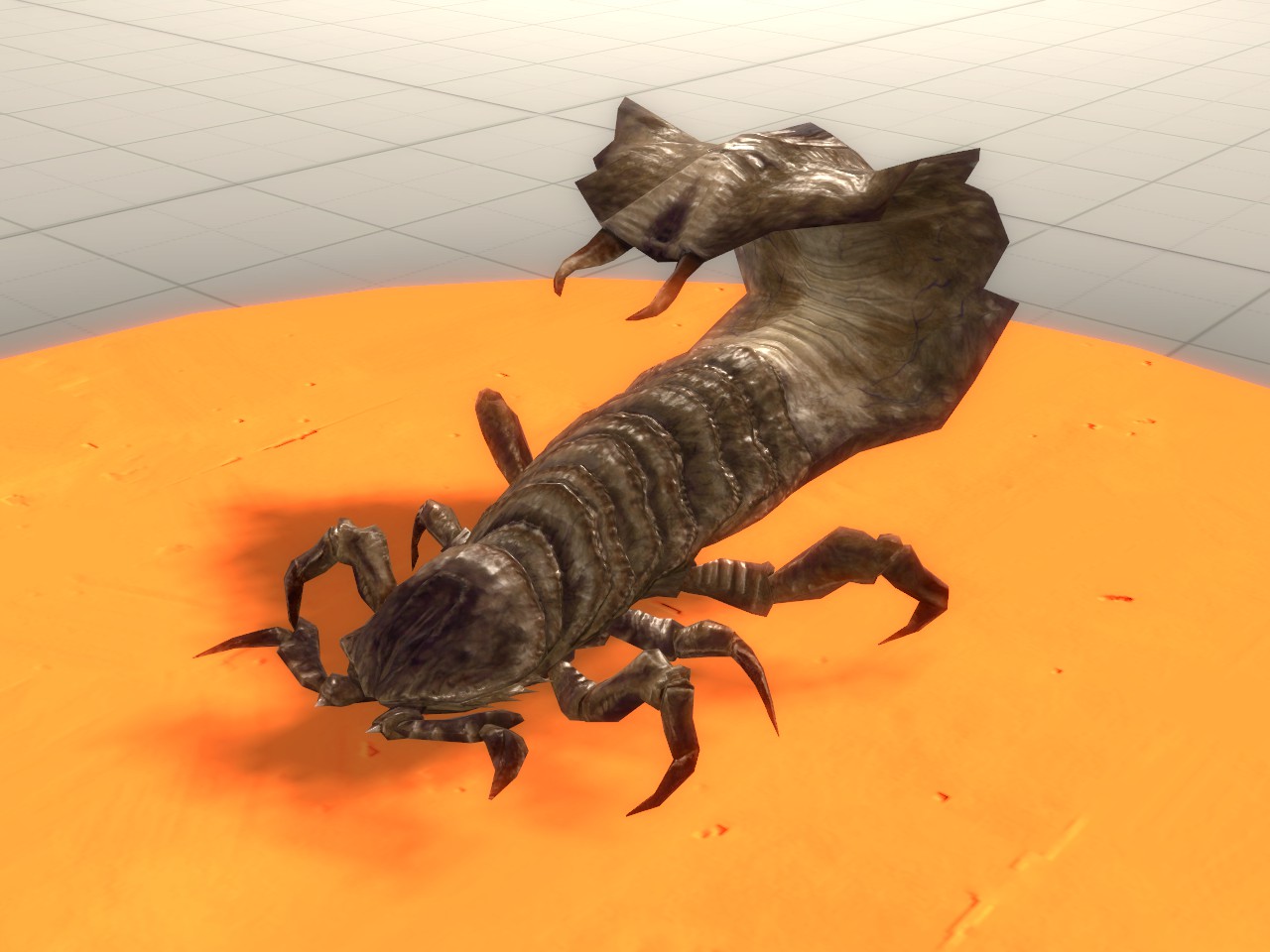
A Scorpio-Pede is created by combining a centipede and a scorpion. They are about 2 to 3 feet long and resemble scorpions, although they are not arachnids.
They’re incredible creatures that grow up alone. They also specialize in a variety of biological features. They’re classified as needed from Skull Island. They are not extremely large in size but what they lack in size, they make up for in numbers. They are invertebrates and they thrive in water bodies provided there are enough crops and algae for consumption, with algae being their favorite choice of food.
Since their larval stage, Scorpio-Pedes have been predatory swimmers. They do, however, spend their adult lives near the water’s edge, nibbling algae from tree trunks and logs with their keen teeth.
Their legs are also specialized, allowing them to graze with precision. Scorpio-Pedes are territorial and do not like other creatures trespassing their personal space or immediate surroundings. When one does so, the Scorpio-Pede arches its back to use its venomous tail against the trespasser.
The tail resembles the hood of a cobra and has tail prongs. It can jab through hides and possesses a lethal poisonous quality to it. If the opponent is large, the poison causes the creature to undergo severe discomfort but if it is small, it is a sure shot kill. The poison is quite fast-acting and as a result, the creatures are aware of this feat and do not cross the surroundings of Scorpio-Pedes.
Under branches or aquatic plants, the animals lay their eggs.
Cunaepraedator
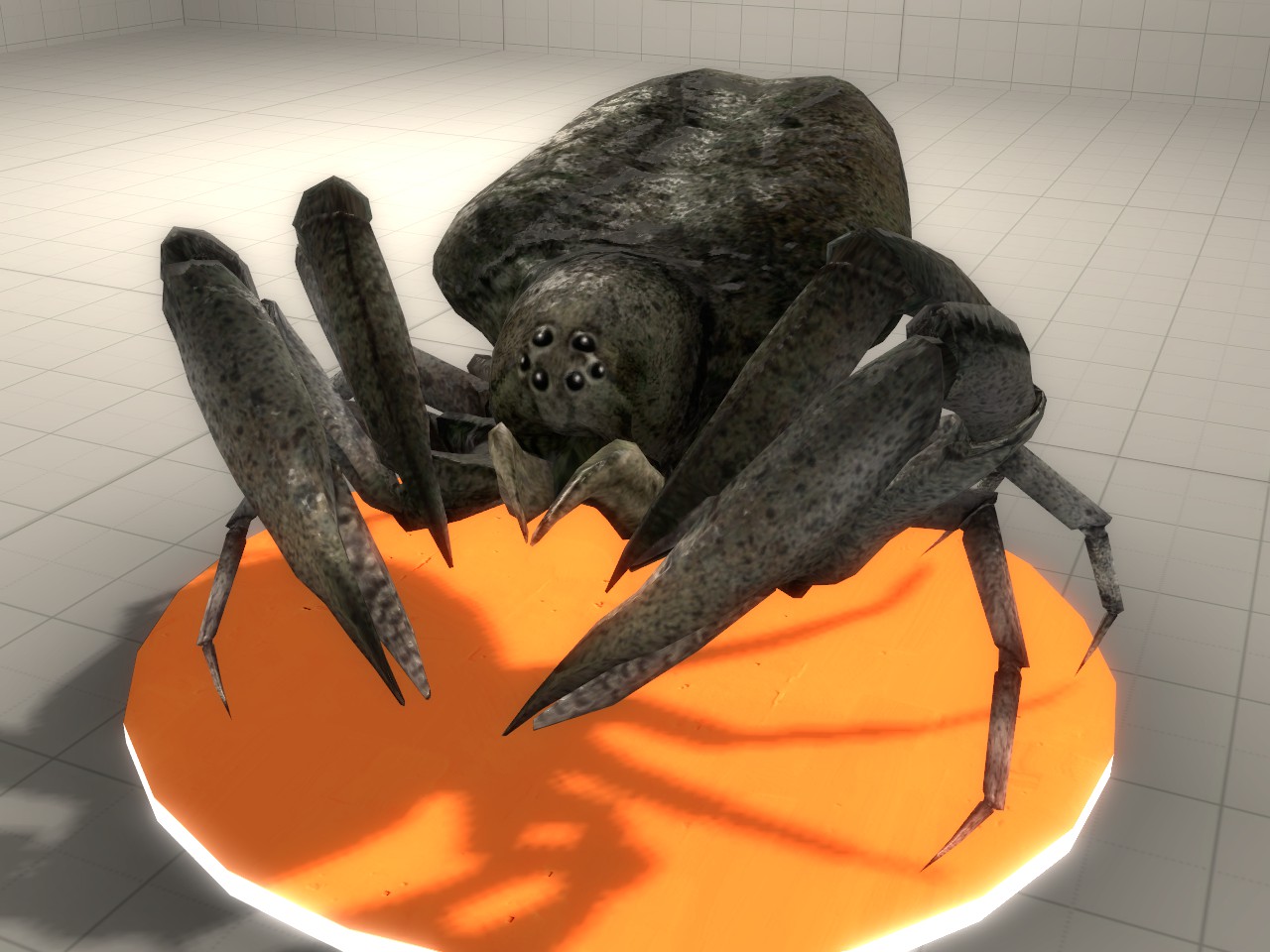
This stocky crab-like critter can be found in a variety of environments, including the ocean, inland water bodies, and coastal cliffs. Cunaepraedators are native to Skull Island, however, they aren’t as large as they appear in the franchise’s video game.
They have a short fuse. They swerve to the side and snap at other players in the game. Giant cunaepraedators can withstand forty pistol shots, whilst smaller cunaepraedators will surrender after eight machine gun rounds. These Neopedes, like other Neopedes, are vulnerable to spear assaults.
They maintain track of the eggs they lay, which the mother secures on the undersides of its body because the eggs don’t have to be deposited in the water. These cunaepraedators ride their moms when they are young. They then live in the nests of seabirds, feeding on the leftovers of the birds or dead birds themselves. Once they are old enough, they move out of the nests and group with the adults of their species.
Ferrucutus Cerastes
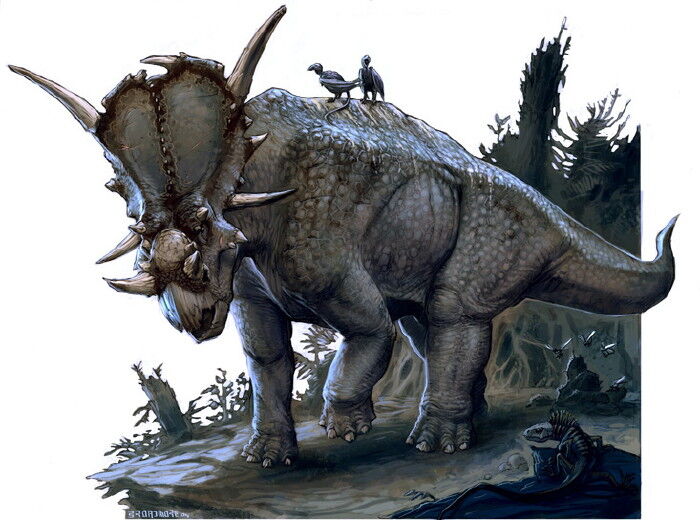
This is a centrosaurine ceratopsid dinosaur that is smaller than Vastatosaurus Rex. It’s between 24 and 34 feet long. They are herbivorous dinosaurs with enormous strength. They dwell in herds and are found in groups more often than not. Each herd consists of twelve such dinosaurs. Their build is heavy and they use their massive shoulders to graze their food. They have frills and spikes like triceratops. Carnivores consider them to be dangerous prey.
The creatures have a scary and aggressive personality, but because they eat shrubs, other animals do not have to fear them. They have the strength to uproot towering cycads in order to consume the plant’s fruit.
Ferrucutus cerastes herds are territorial and fiercely protective. They stake out little territories to defend. They lay their eggs and rear their young in this location, providing a safe habitat for them to grow. The younger creatures join the herd relatively soon after hatching, after which, they are protected by the older ones from predators such as Pugbats and the Lycaesaurus.
The males are in charge of the herd and are constantly ready to battle anyone who threatens his herd or rule. As predators try to harm them, the ladies of the herd circle around the younger ones and defend them. With their horns facing outwards, they form a wall, and their bony shields provide a tremendous defense. The attack is then carried out by the herd’s alpha male. It attacks using the weapons on its head.
They feature a rhino-like body with a horn, short and thick-tailed tails, and a bone shield that surrounds their head and shoulders.
Foetodon

These reptilian-crocodilian species can be found on Skull Island’s jungles. They range in size from 15 to 20 feet long and hunt in ambush.
It has a massive and broad body. Scavengers that have evolved to live on forest floors are common among these jungle predators. They have snouts that are short and scutes down the back. They possess bone-crushing strength and are extremely territorial in nature, ready to plow down anyone in a confrontation.
They are frequently seen near game trails and will eat anything that is served to them. When they’re young, they eat carrion, burrow through leaf litter, look for insects to eat, and live in lakes, before eventually transferring to the jungles.
They have the same incentives as any other animal. If it discovers a fresher piece of meat nearby, it will typically forsake its meal and pursue it. To conceal, they scrape out hollows and burrow into mounds, waiting for prey to come. Once the prey comes nearby, the forenoon lunges at it and with a bone-crushing bite consumes its new meal. The hide is thick and acts as armor. It detects the prey using its strong olfactory senses. It also recognizes when the prey is wounded with its keen sense of smell.
They are usually around 20 feet long and have greyish skin. Their faces are covered in blisters, which they get from burrowing into leaf litter and becoming sick. Its major weapons are its mouth, tail, and claws, and its bite can spread the disease it has acquired through infection.
Brutornis
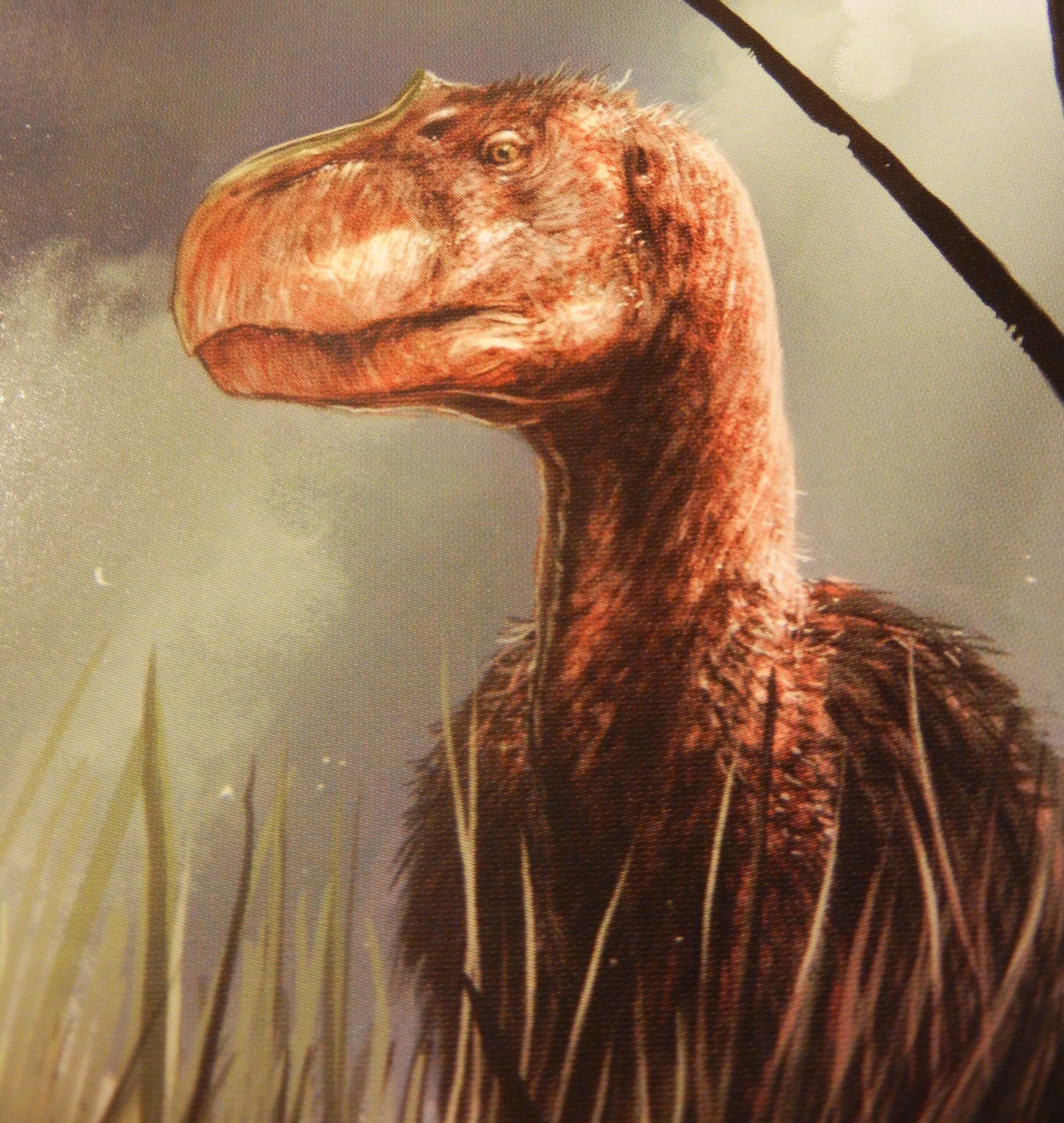
This monster is tall and light-skinned. It is a phorusrhacid that grows to be 6 to 7 feet tall at the hip and can be found in the lowland plains of Skull Island.
They are the island’s largest avian carnivores. They are skilled hunters who prey on animals in open areas. They have acute vision, which allows them to spot even the slightest movements of potential prey hiding in the grasses. Their muscles are powerful and can help them take terrible bites, ripping off chunks of flesh from its prey.
They live on the island’s grassy plains. Their eggs are hidden, but the parent likes open ground as a habitat so that it can keep an eye on the region and spot potential predators. Predators that hunt by ambushing their victims are attracted to compact and surrounded locations.
The mothers are vigilant when it comes to protecting the eggs and once those eggs hatch, they follow the mother at first. Once they are old enough to hunt, they fend for themselves.
Venatosaurus
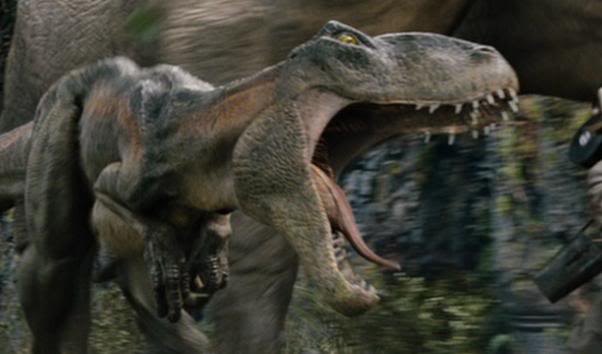
Venatosauruses were non-avian dinosaurs that evolved into hunting lizards. They measured 16 to 24 feet in length but were quite light for their size. They thrived on Skull Island’s highlands.
They were extremely effective predators, capable of preying on species ten times their size. They had movable hips, which made them far more nimble and flexible than their forefathers. However, it came at the expense of their running pace.
When cover was needed, their hip joints allowed them to crouch down. Their eyes were placed high, allowing them to gaze over their shoulders while stooping to hide. They could sight in low light, just like cats. They had short and deep rib cages and even though it resulted in greater flexibility, it also decreased their lung capacity. However, their superior muscle attachment could hold on to prey.
They used an ambush technique to prey, as you could have surmised from their hunting method. They knew how to take advantage of the Skull Island topography, chasing their prey through low cliffs and canyons and trapping them in dead ends. After the Vastatosaurus Rex, the Venatosauruses were the best predators in Skull Island and the most dangerous. They were mean killing machines.
They lived in packs of half a dozen to a dozen Venatosauruses and were gregarious and clever creatures. They resided in the jungles and took refuge in the dense woodlands. Their nests were formed from tree roots dug up. When they hunted, guards would remain behind, watching over the nest and the younger ones.
What did you think of these creatures? Did you enjoy this video? If yes, they don’t forget to like and comment on this video. Till then, goodbye. And have a nice one!
